Quan Thanh Temple: A Historical and Cultural Gem in Hanoi
Quan Thanh Temple: A Must-See Spiritual Landmark in Hanoi
Quan Thanh Temple, located in the vibrant city of Hanoi, stands as a testament to Vietnam's spiritual and cultural legacy. This ancient site attracts countless visitors each year who come to admire its timeless beauty and immerse themselves in its historical significance.
Overview of Quan Thanh Temple
Location and significance in Hanoi
Nestled near the iconic West Lake, Quan Thanh Temple holds a prominent place in Hanoi's cultural and spiritual landscape. Its strategic location makes it a serene escape amidst the bustling city, drawing both locals and tourists seeking tranquility.
Connection to Taoist traditions
Dedicated to Tran Vu, a Taoist deity revered for his protection and strength, the temple is a hub for Taoist practices. It serves as a spiritual sanctuary where devotees perform rituals and seek blessings.
History of Quan Thanh Temple
Origins and Historical Importance
Quan Thanh Temple, located in Hanoi, Vietnam, was originally built during the Ly Dynasty in the 11th century. The Ly Dynasty was known for its significant contributions to the development of Vietnam's culture, architecture, and religion. As one of the oldest temples in the region, Quan Thanh Temple holds a pivotal place in the spiritual and historical landscape of Vietnam. Originally dedicated to the Taoist god Tran Vu, the temple was constructed to honor his divine protection over the people of the area. Over the centuries, the temple has undergone several restorations, with the most notable ones happening during the reign of the Nguyen Dynasty. These renovations have ensured the preservation of its unique architectural style and its cultural significance, making the temple a symbol of resilience and continuity. The structure of the temple, with its intricate wooden carvings and imposing bronze statue of Tran Vu, showcases the deep connection between Vietnam's religious practices and its architectural heritage. Today, Quan Thanh Temple stands as a testament to Vietnam's long-standing religious traditions and historical development.
Legends Associated with the Temple
Throughout its history, Quan Thanh Temple has been the center of many local legends, particularly those related to Tran Vu, the Taoist god it was built to honor. One of the most popular legends speaks of how Tran Vu helped locals during times of crisis. As the legend goes, Tran Vu, with his mighty power and wisdom, helped the people of Hanoi overcome floods and invasions, earning him the title of protector and guardian. His divine intervention in times of adversity became an enduring symbol of hope and strength. Locals have long believed that Tran Vu's spirit continues to watch over the temple, offering protection to those who come seeking his guidance. The temple’s legends have been passed down through generations, blending spirituality with folklore and adding a layer of mysticism to its significance. The stories of Tran Vu's bravery, wisdom, and protection contribute to the temple's allure, drawing visitors not only for its architectural beauty but also for its spiritual depth. These tales continue to resonate with the people of Hanoi, enhancing the temple’s cultural and spiritual appeal, making it a place of reverence for both locals and tourists alike.
Thus, Quan Thanh Temple is not only an important historical monument but also a living embodiment of Vietnam's rich mythology and spiritual practices.
Architectural Highlights
Intricate Carvings and Bronze Statues
Quan Thanh Temple is a showcase of artistic mastery, with its intricate carvings and ornate wooden details depicting mythical creatures and Taoist symbols. The highlight is a grand bronze statue of Tran Vu, standing nearly four meters tall and weighing four tons. This 17th-century masterpiece captures the deity's calm yet powerful presence, holding a snake coiled around a tortoise, symbolizing Taoist ideals and the exceptional craftsmanship of the era.
Unique Features of the Temple’s Design
The temple’s design reflects traditional Vietnamese architecture, from its majestic entrance gate adorned with dragon and phoenix carvings to its wooden beams crafted without nails. The gracefully curved roofs symbolize harmony between heaven and earth, while stone altars and incense burners add to its spiritual ambiance. Surrounded by a serene courtyard and lush greenery, Quan Thanh Temple is both a cultural treasure and a peaceful retreat.
Religious Practices and Festivals
Important Rituals Performed at the Temple
Daily rituals at Quan Thanh Temple are an integral part of its spiritual essence. Worshippers light incense, bow in reverence before the bronze statue of Tran Vu, and present offerings such as fruits, flowers, and traditional cakes. These acts symbolize gratitude and a desire for protection, prosperity, and good fortune.
Temple caretakers also play a vital role in preserving the sanctity of the space. They perform Taoist chants and ensure the altars are meticulously maintained, creating a tranquil and sacred environment. Visitors often join these rituals, deepening their connection to the temple’s spiritual heritage.
Key Festivals Celebrated Annually
Quan Thanh Temple comes alive during major festivals, particularly the Lunar New Year (Tet) and Tran Vu’s feast day, celebrated on the third day of the third lunar month. During Tet, the temple is adorned with vibrant decorations, and worshippers gather to pray for a prosperous year ahead. Traditional offerings, ceremonial music, and blessings mark the occasion.
Tran Vu’s feast day is another highlight, with grand processions, chanting, and cultural performances that honor the deity’s significance. The temple becomes a lively hub of activity, blending spiritual devotion with cultural celebration. These festivals not only uphold the temple’s traditions but also draw visitors to experience its rich heritage and communal spirit.
Visiting Tips
Best Time to Visit
The best time to visit Quan Thanh Temple is during the early morning or late afternoon when the atmosphere is tranquil, and the soft light enhances the temple's serene beauty. These times are ideal for soaking in the spiritual ambiance without the crowds. For those seeking a more vibrant experience, visiting during festivals or special occasions provides a glimpse into the temple’s lively cultural celebrations.
Seasonally, spring (March to April) and autumn (September to November) are the most pleasant times to visit Hanoi, as the weather is mild, and the city is at its most picturesque. The blooming flowers of spring and the cool breezes of autumn add to the charm of the temple's surroundings, making your visit all the more enjoyable.
Admission Details and Dress Code Recommendations
Quan Thanh Temple welcomes visitors with a small entrance fee, which supports the temple’s upkeep and preservation efforts. This fee not only contributes to maintaining the temple's historic beauty but also ensures that its cultural and spiritual significance is preserved for future generations.
Visitors are encouraged to dress modestly as a sign of respect for the sacred space. Attire that covers the shoulders and knees is recommended. If necessary, shawls or scarves can be used to cover up. Comfortable shoes are also advised, as the temple grounds and surrounding areas may require light walking.
Conclusion
Quan Thanh Temple stands as a cornerstone of Hanoi’s cultural and spiritual heritage, offering a harmonious blend of history, architecture, and devotion. Its intricate carvings, iconic bronze statue, and timeless legends captivate the imagination, while its serene environment provides a sanctuary for reflection. Whether visiting for its historical significance, spiritual depth, or cultural celebrations, Quan Thanh Temple leaves an indelible impression on all who pass through its gates.
With its timeless charm and enduring legacy, Quan Thanh Temple remains a must-visit destination, inspiring visitors from all corners of the globe to explore and appreciate the richness of Vietnam’s heritage.
Explore Quan Thanh Temple with our curated tours at Asia Fusion Travel!
Other tour
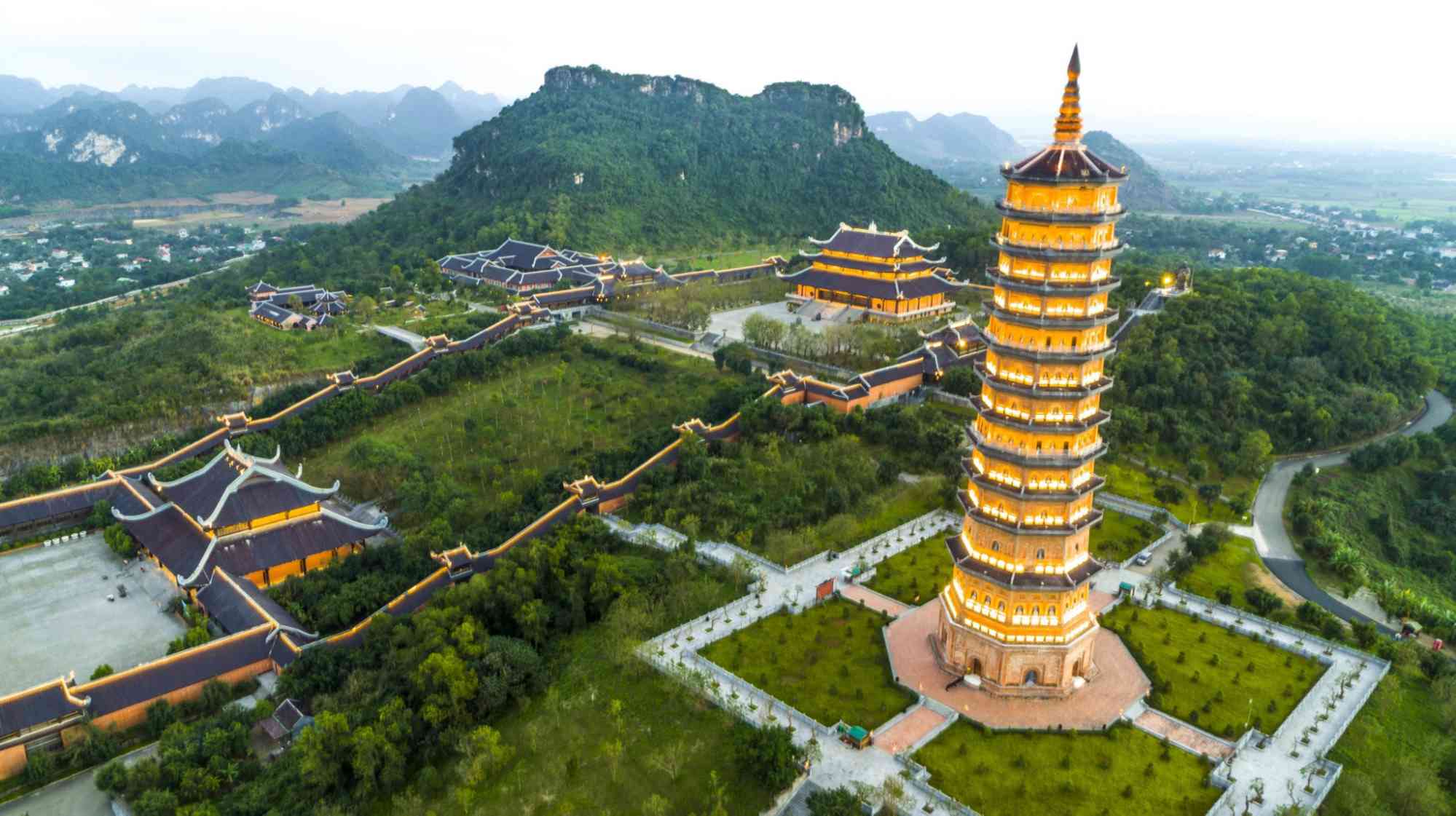 Details
Details
HOA LU – TRANG AN - MUA CAVE -1 DAY TRIP BY LIMOUSINE
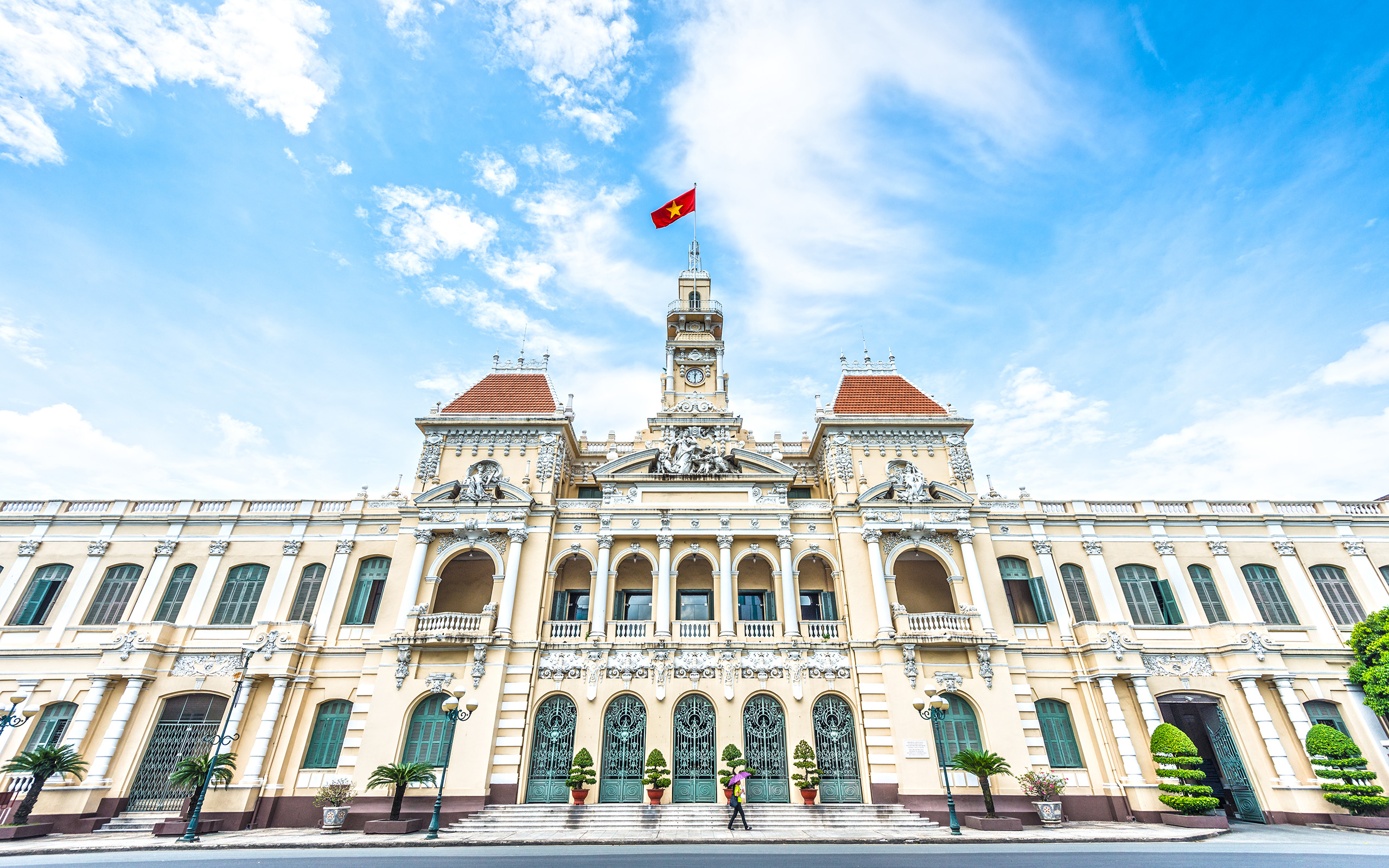 Details
Details
Ho Chi Minh - Cu Chi Tunnel - Ho Chi Minh
Other posts

ASIA FUSION TRAVEL
Welcome to Asia Fusion Travel - Where Diversity Meets Exploration
With over eight years of experience, our dedicated team has become a trusted partner for thousands of international visitors to Vietnam. Our support team is always ready to assist you throughout your vacation, ensuring a seamless and memorable experience.
We offer a wide range of travel products to suit every taste. Whether you prefer vibrant short-day tours or extended adventures, luxurious resort vacations or eco-friendly nature trips, we are committed to delivering the perfect journey tailored to your desires.
Our travel services are designed to be flexible and convenient. We provide joint tours, private tours, and tailor-made tours, along with hotel bookings, domestic flights, and transportation upon request. Our goal is to make your travel experience as smooth and enjoyable as possible.
Our mission is to introduce you to the mysteries and beauty of Asia. We offer exceptional travel experiences across Vietnam and neighboring countries like Thailand, Laos, and Cambodia. We are committed to providing the best prices without compromising on service quality.
Join Us at Asia Fusion Travel!
Let us guide you on a voyage of discovery unlike any other
.jpg)
Surprising Facts About Vietnam

MEET OUR TEAM
Experience the Best with Asia Fusion Travel
At Asia Fusion Travel, we take immense pride in our team of seasoned travel professionals. With over eight years of experience in the tourism industry, our expertise has been honed through serving thousands of international visitors.
Why Choose Us
Our team's unwavering commitment and adaptability set us apart. No matter the situation, we go above and beyond to deliver an exceptional travel experience for our guests. From curating novel tour itineraries to seamlessly resolving unexpected challenges, putting our clients' interests and satisfaction first is always our top priority.
Proven Excellence
Asia Fusion Travel's longstanding track record is a testament to the professionalism and quality service we strive to provide. Our wealth of hands-on experience guarantees that every detail of your journey is meticulously looked after.
Your Journey, Our Passion
Let our knowledgeable and dedicated team guide you through the wonders of Asia. Embark on an unparalleled adventure with Asia Fusion Travel, where creating unforgettable travel memories is our passion.


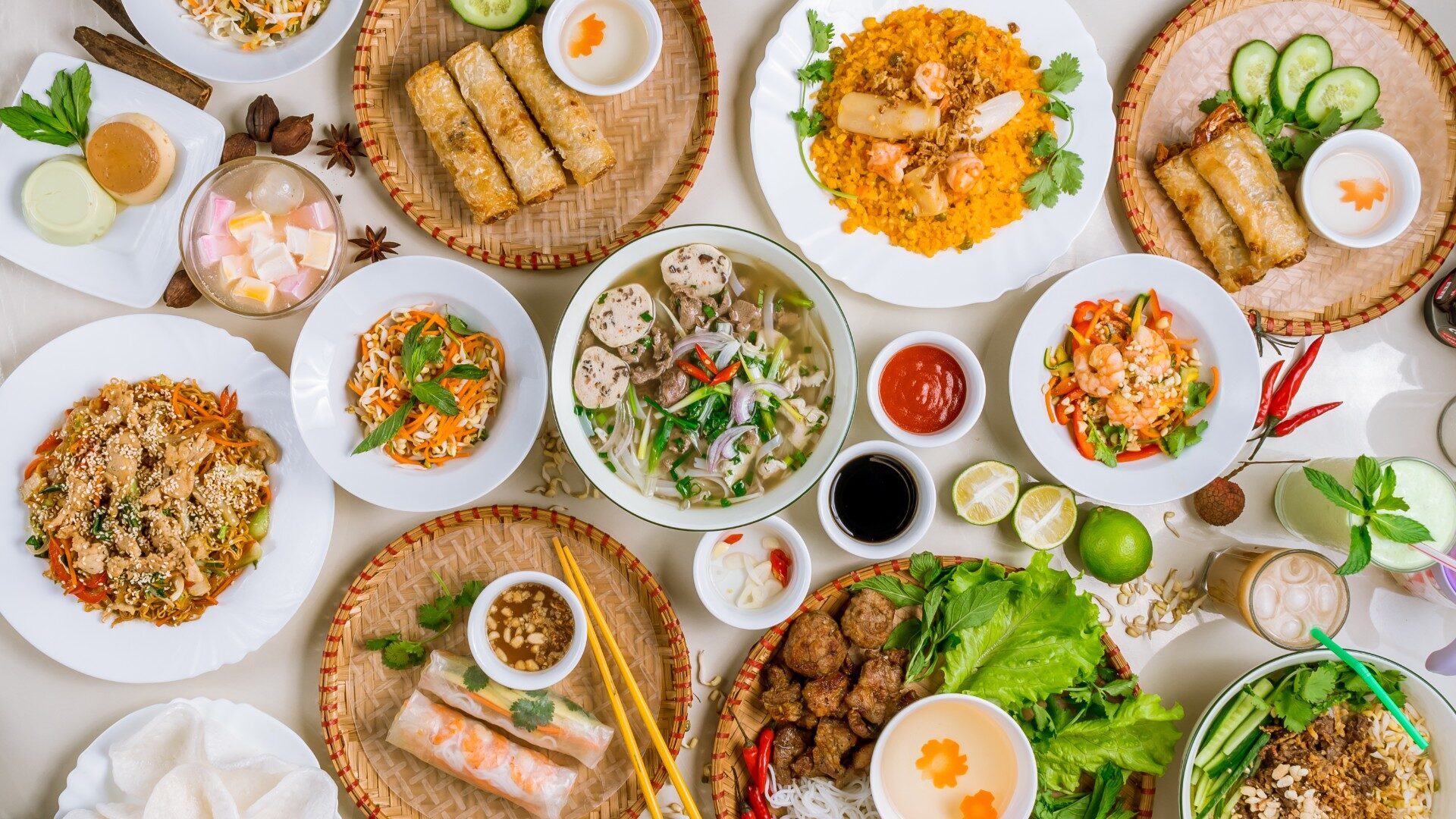




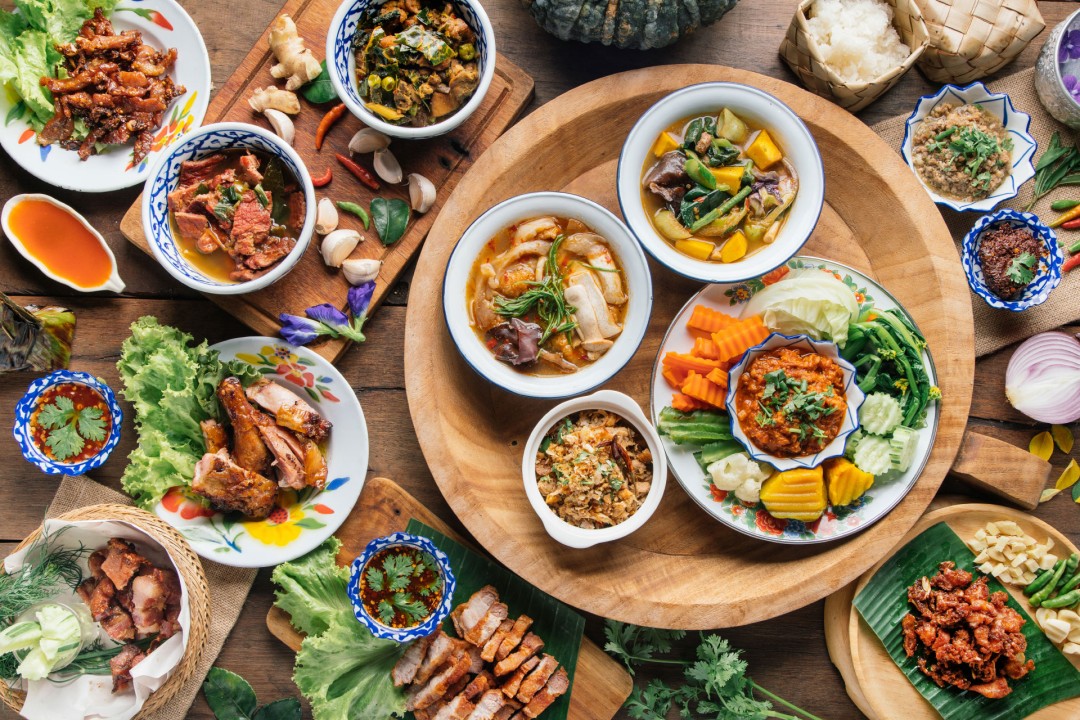

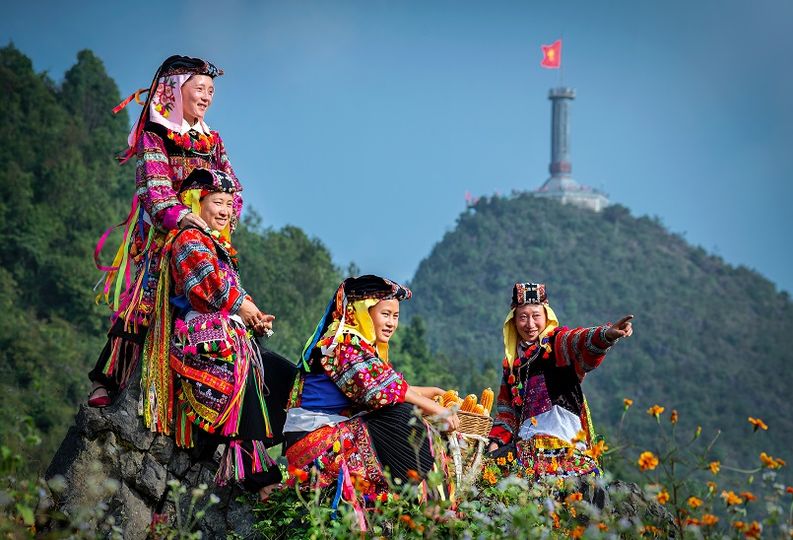
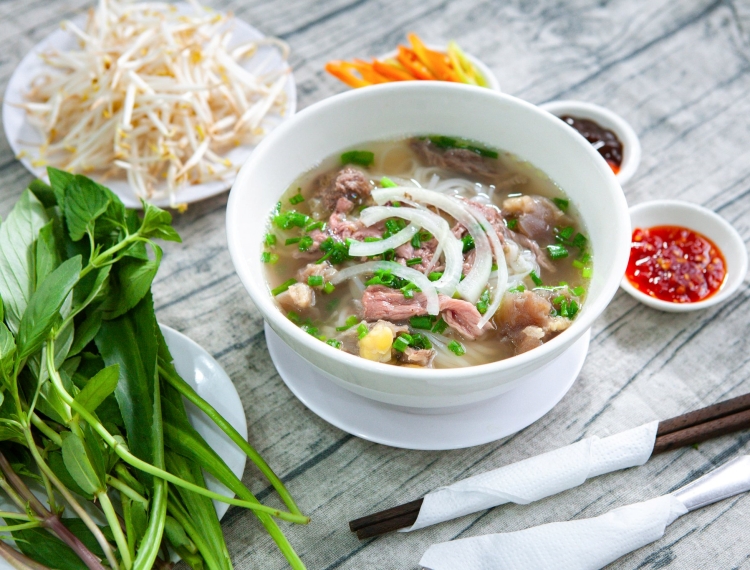

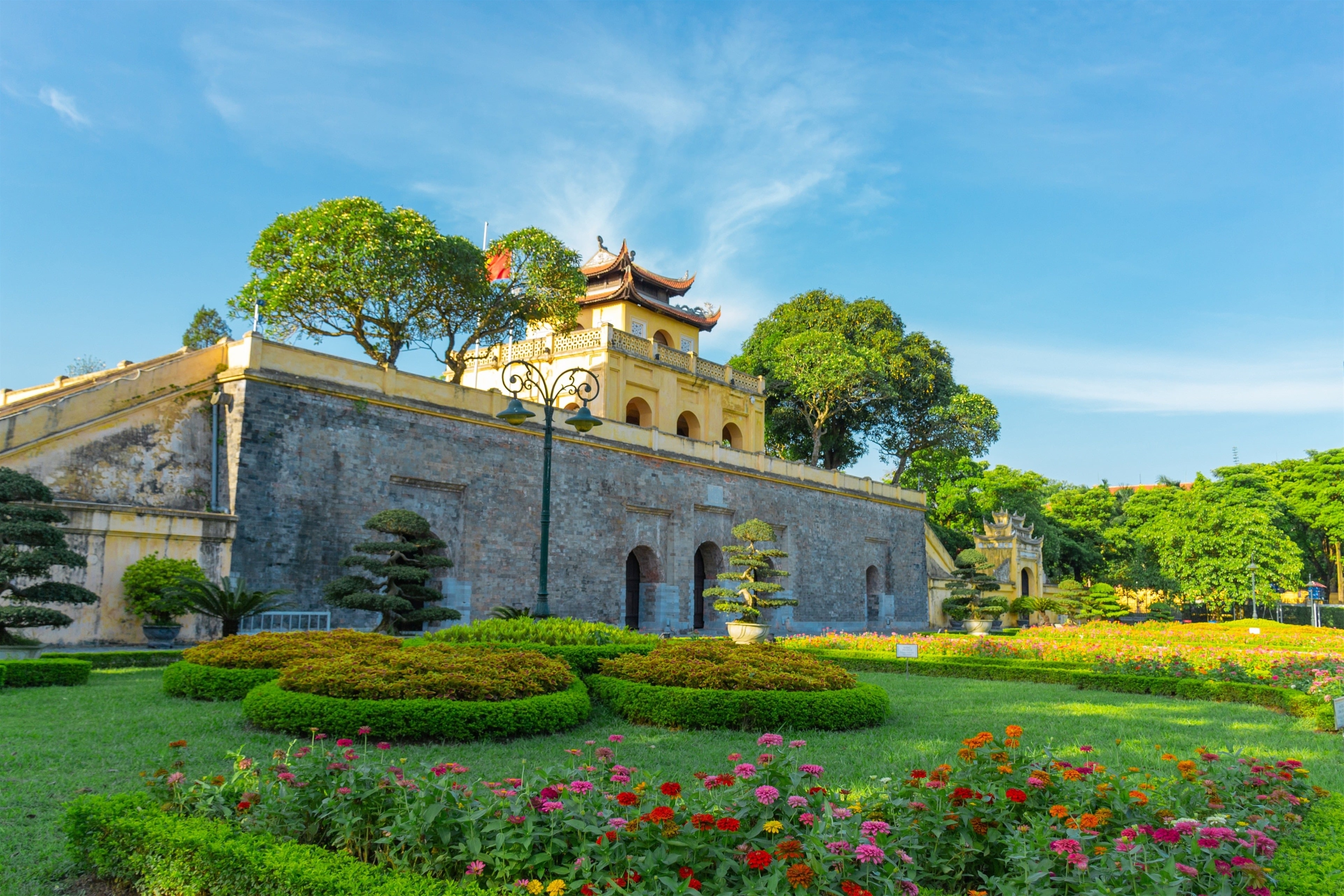
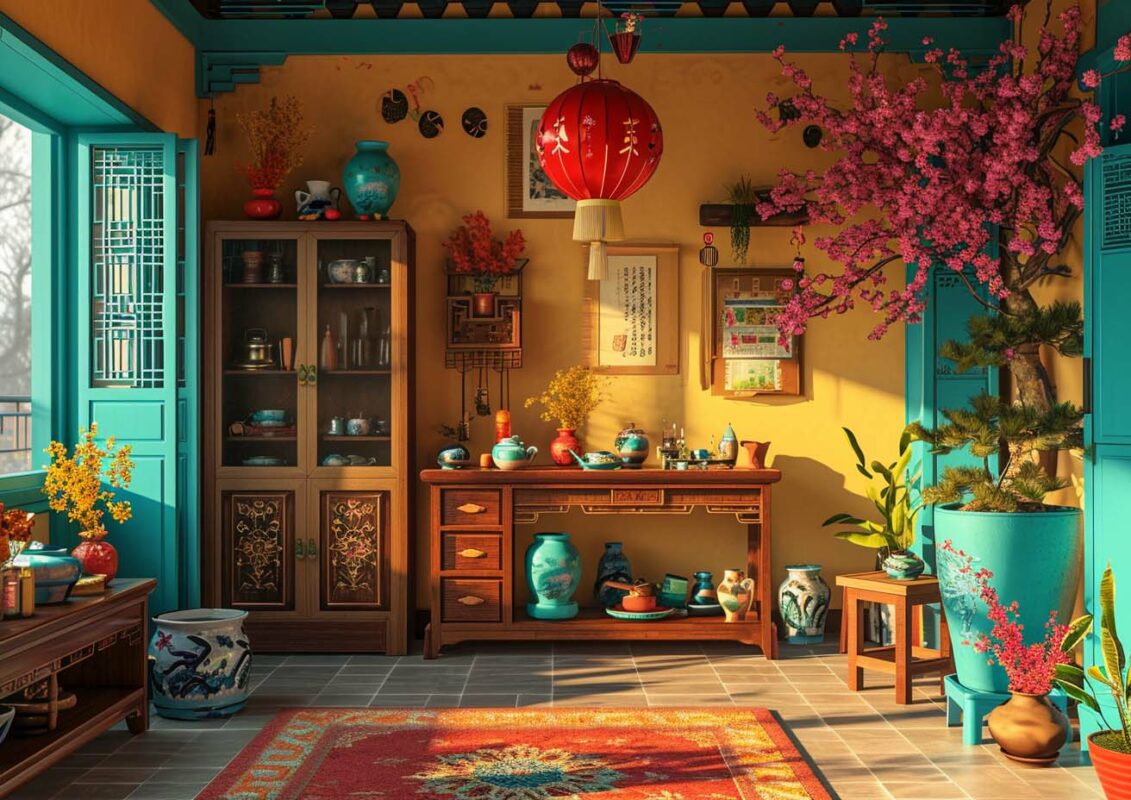
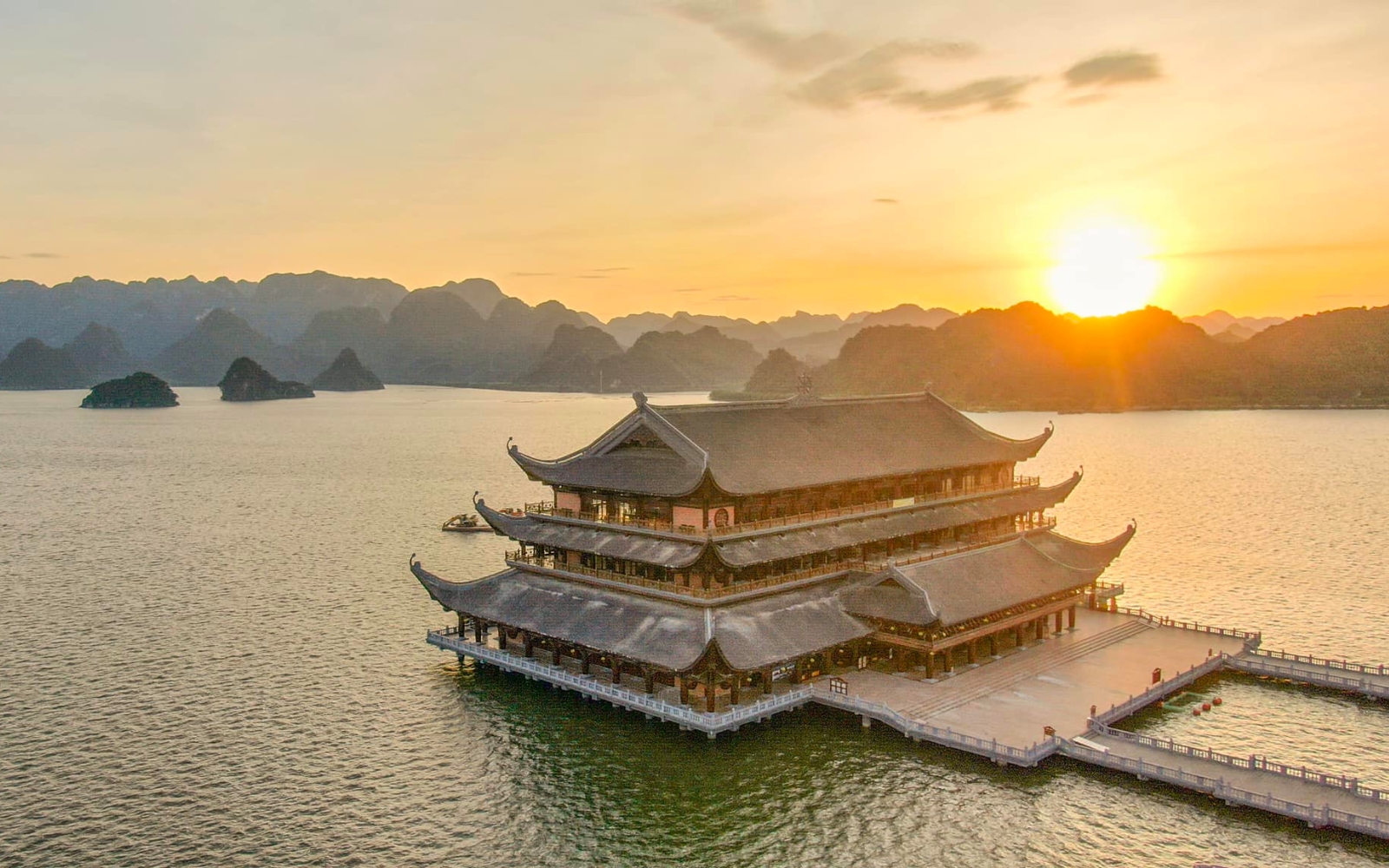






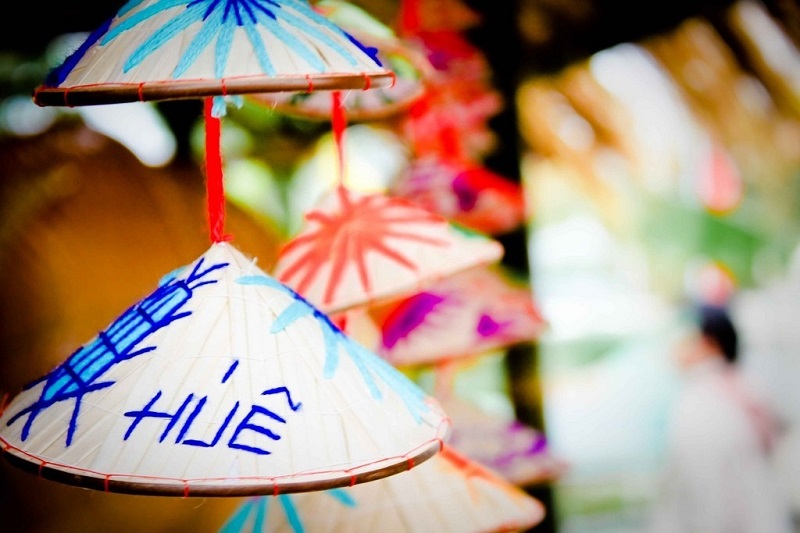
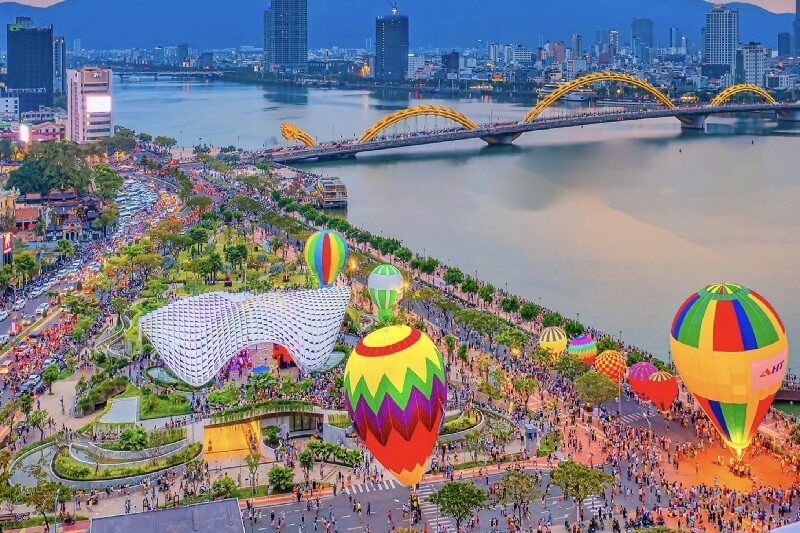


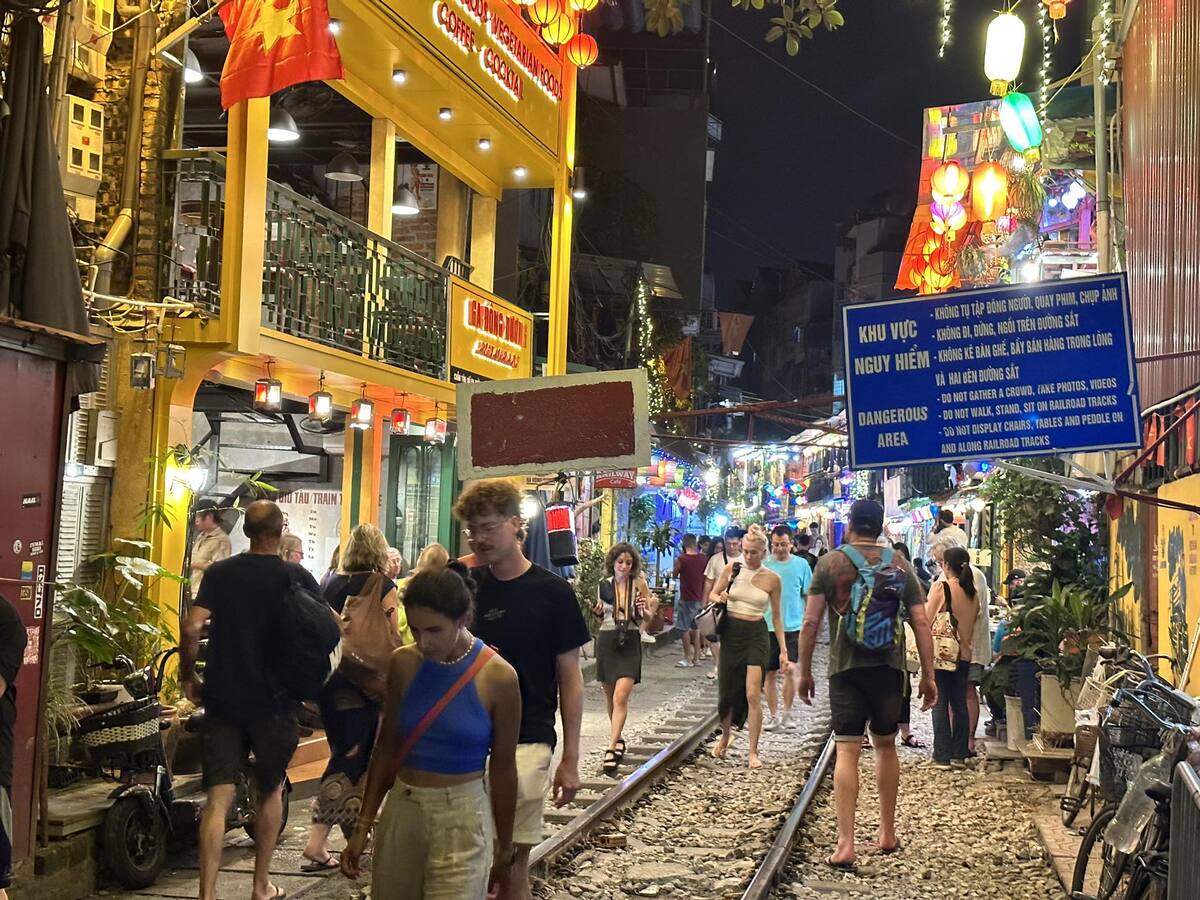
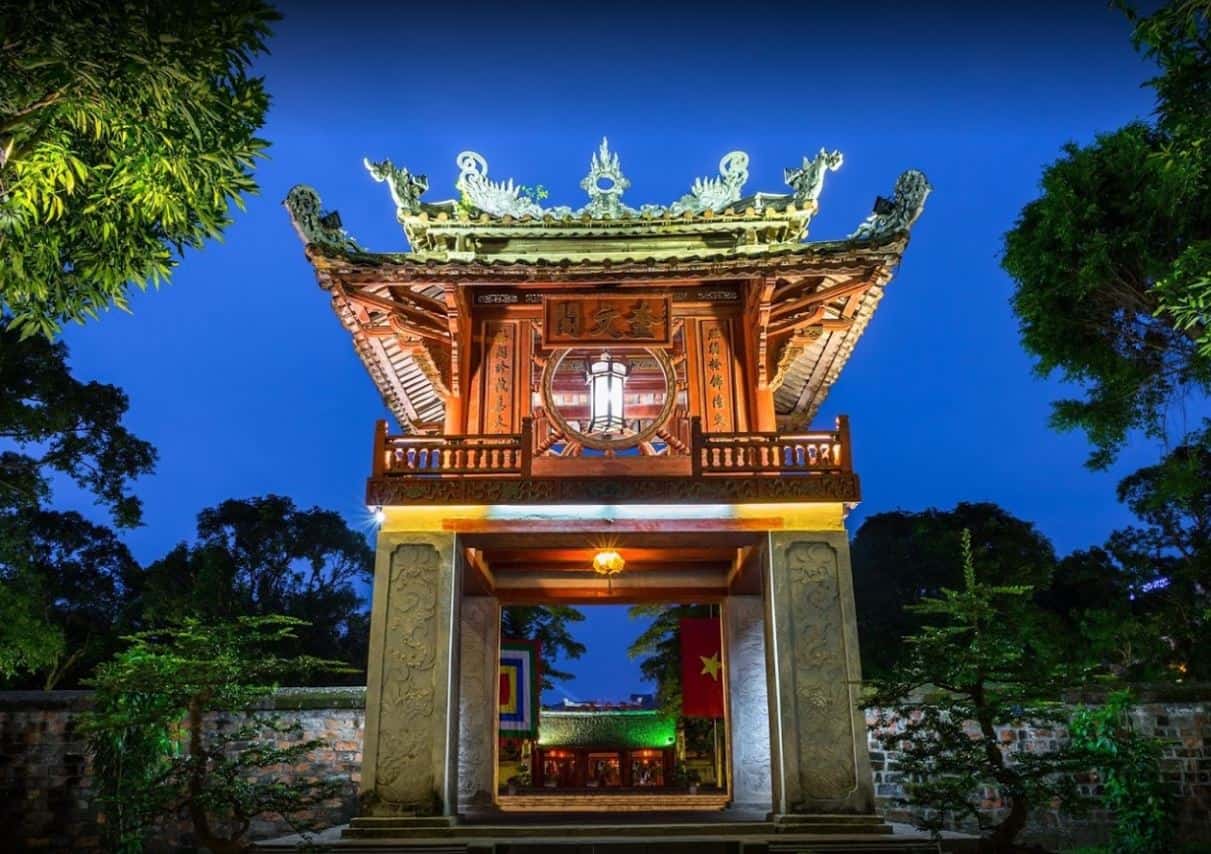
.png)
.png)

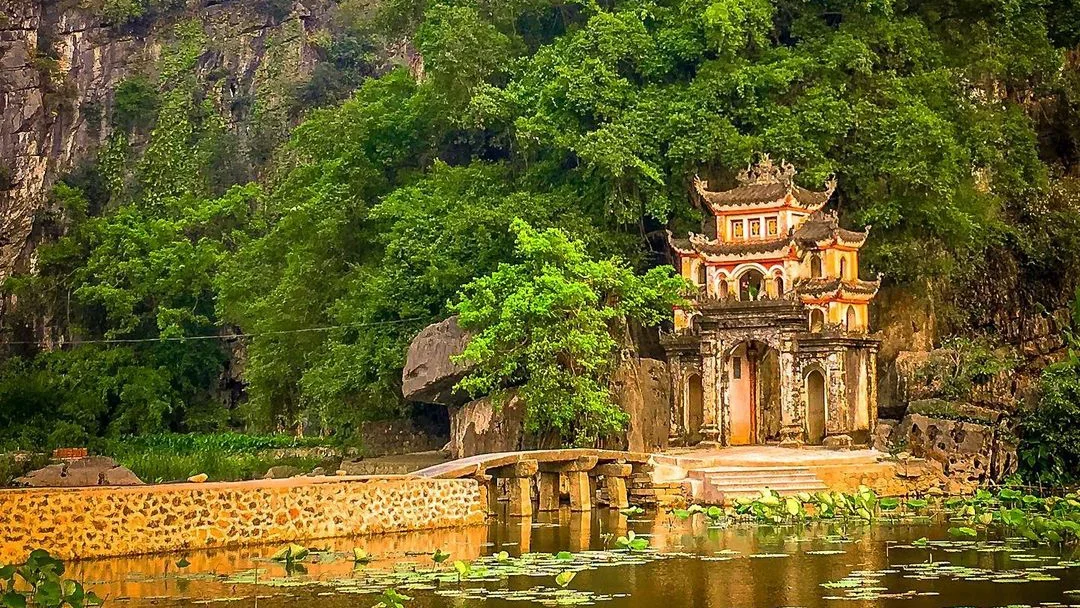




.png)
.png)

.png)
.png)
.png)
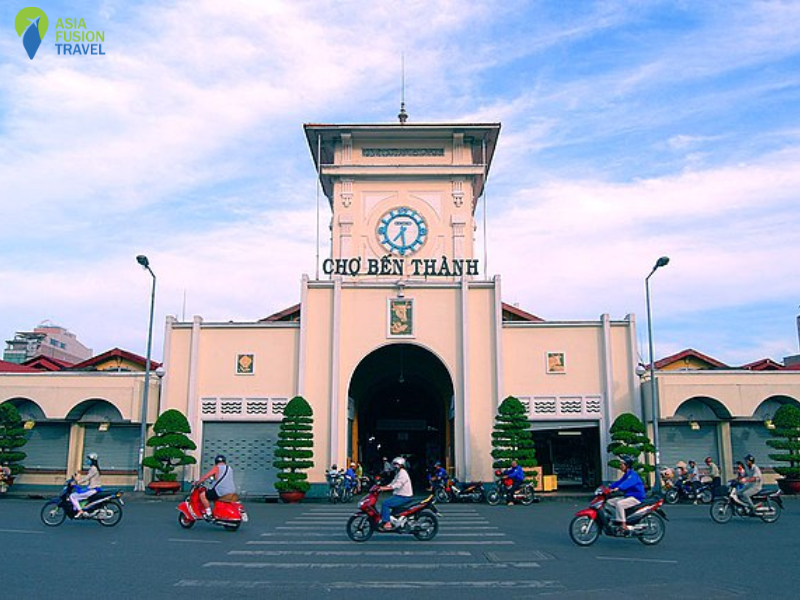

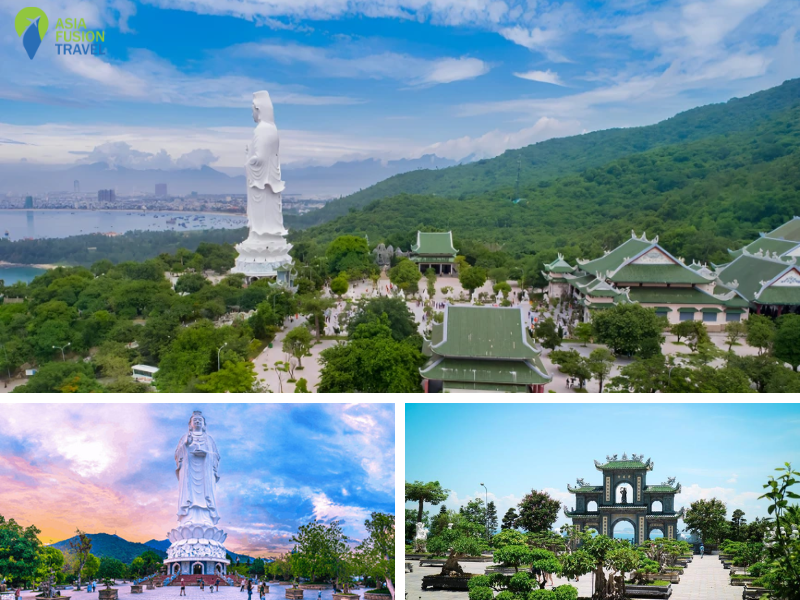
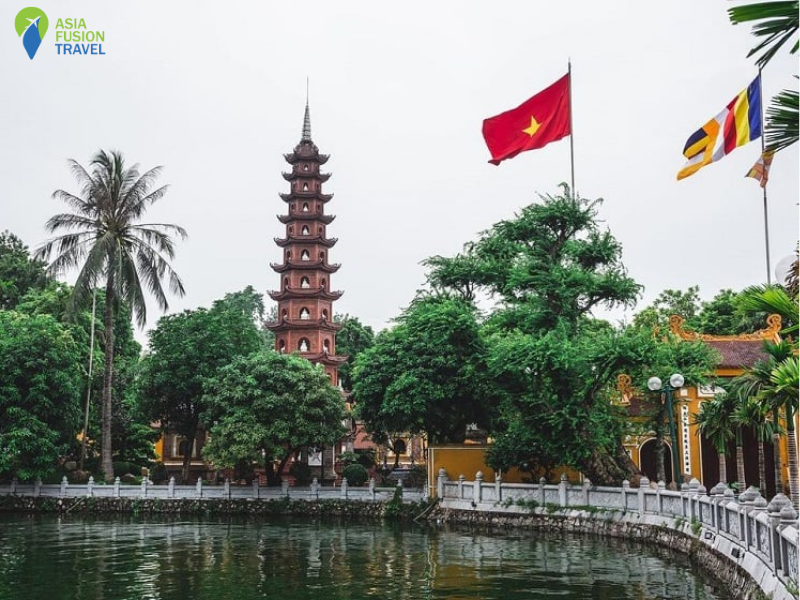
.png)
.png)
.png)
.png)
.png)
.png)
.png)
.png)
.png)
.png)
.png)
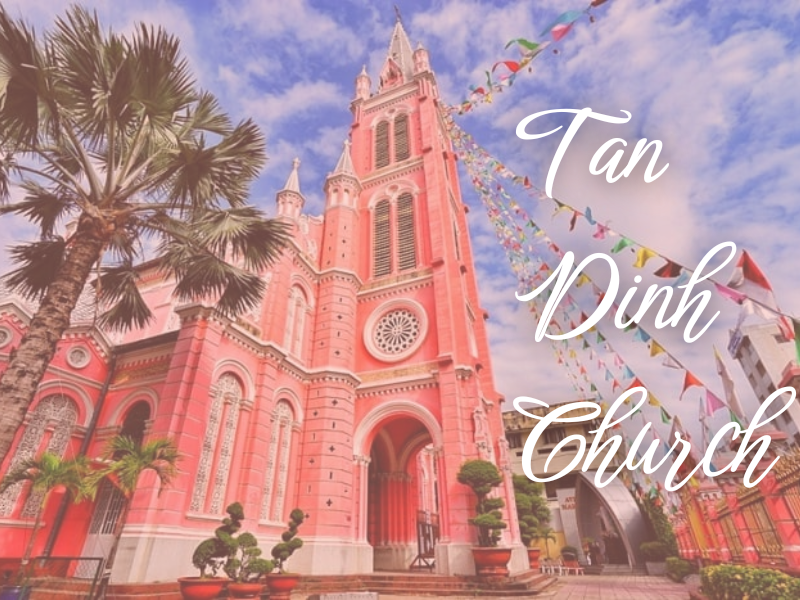
.png)
.png)
.png)
.png)
.png)
(1).png)
.png)
.png)
.png)
.png)
.png)
.png)
.png)
.png)
.png)
.png)
.png)
.png)
.png)
.png)

.png)
.png)
.png)
.png)
.png)
.png)

.png)
.png)


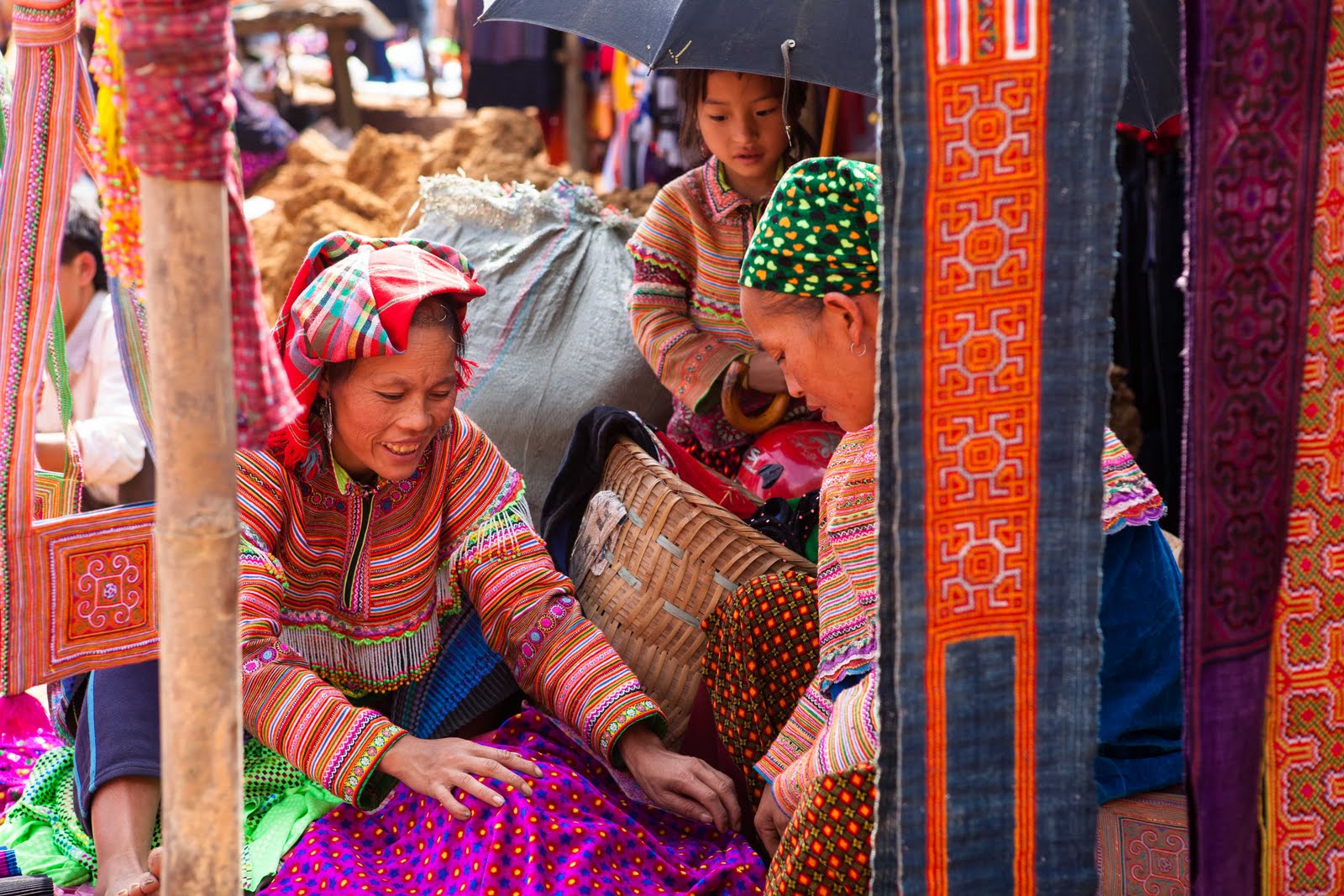
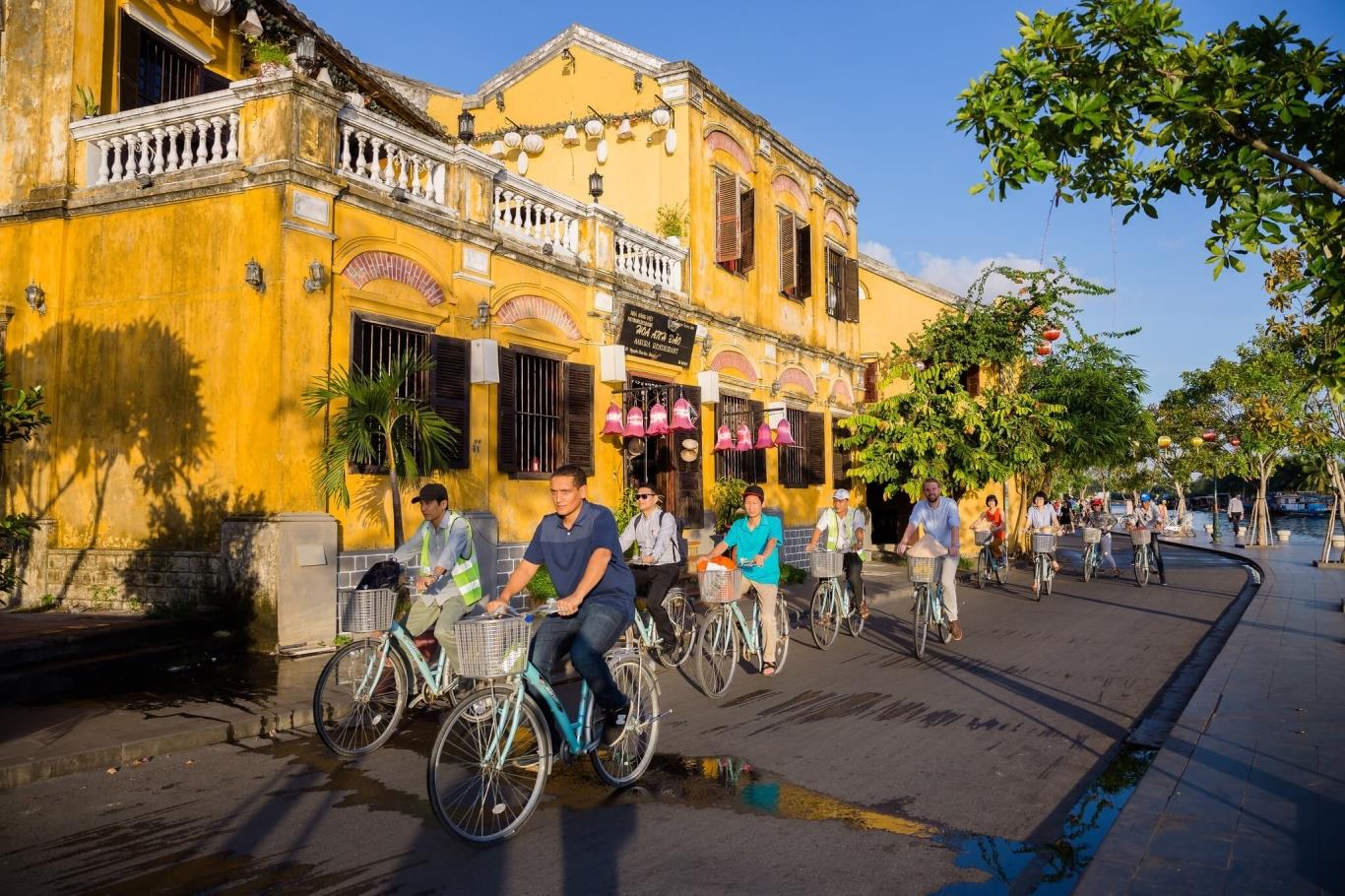






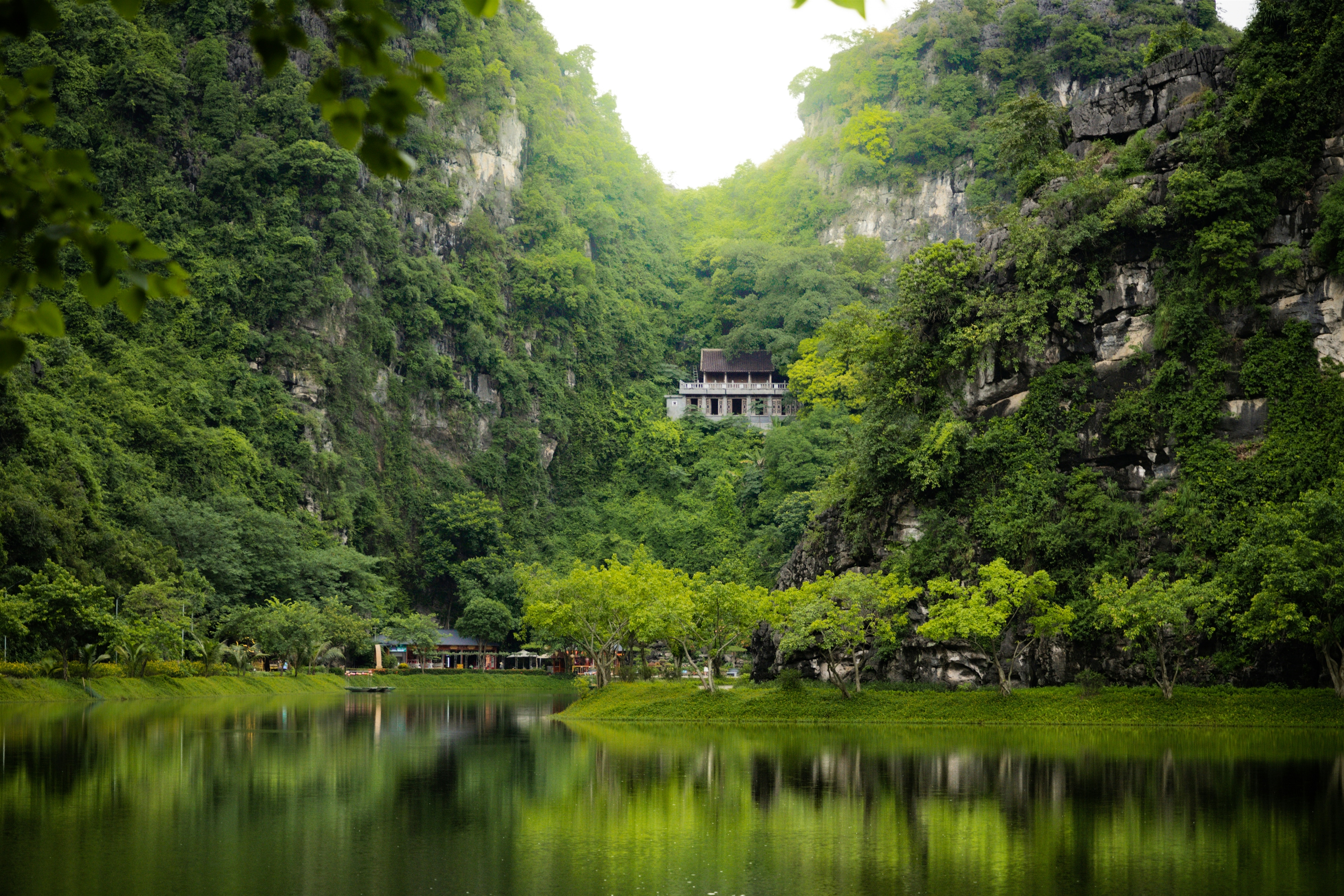
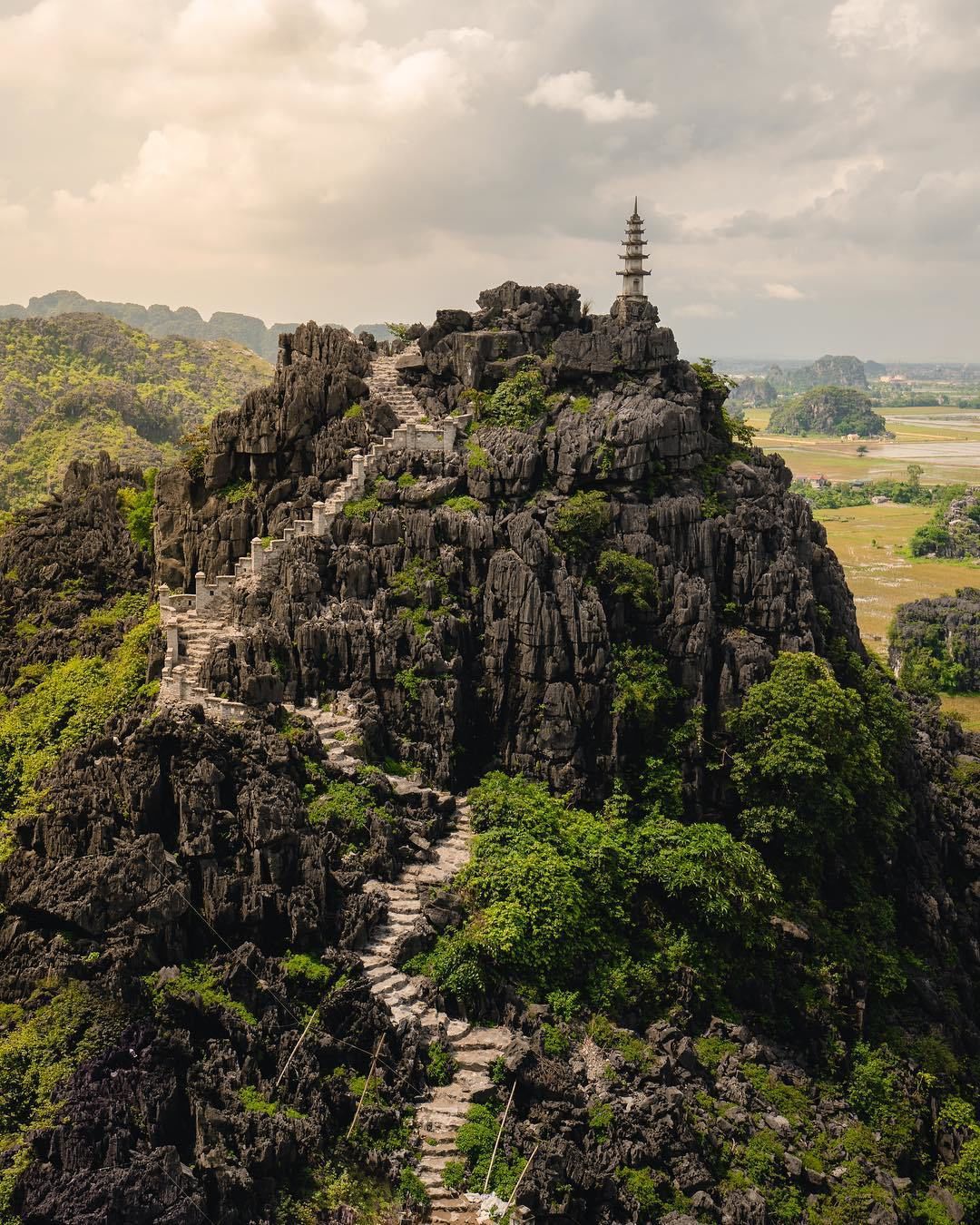


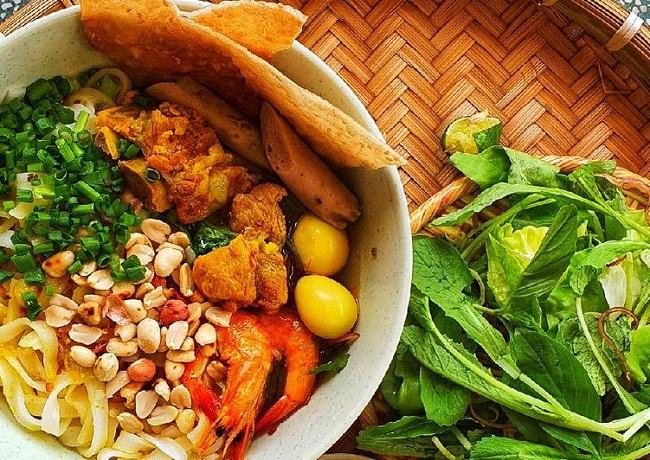
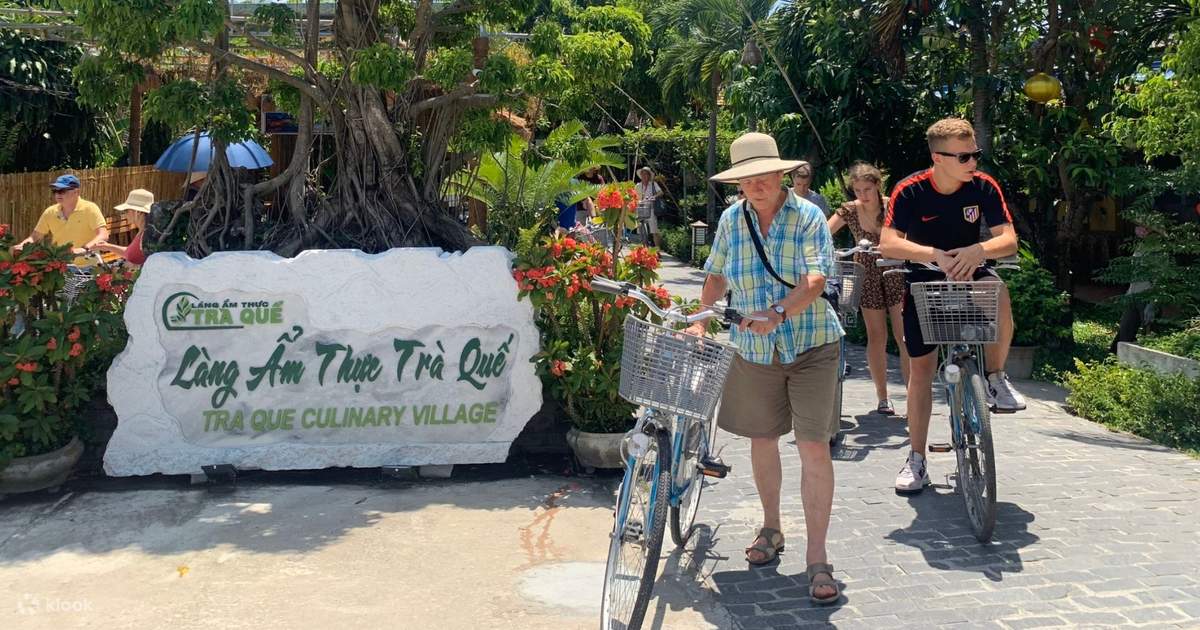

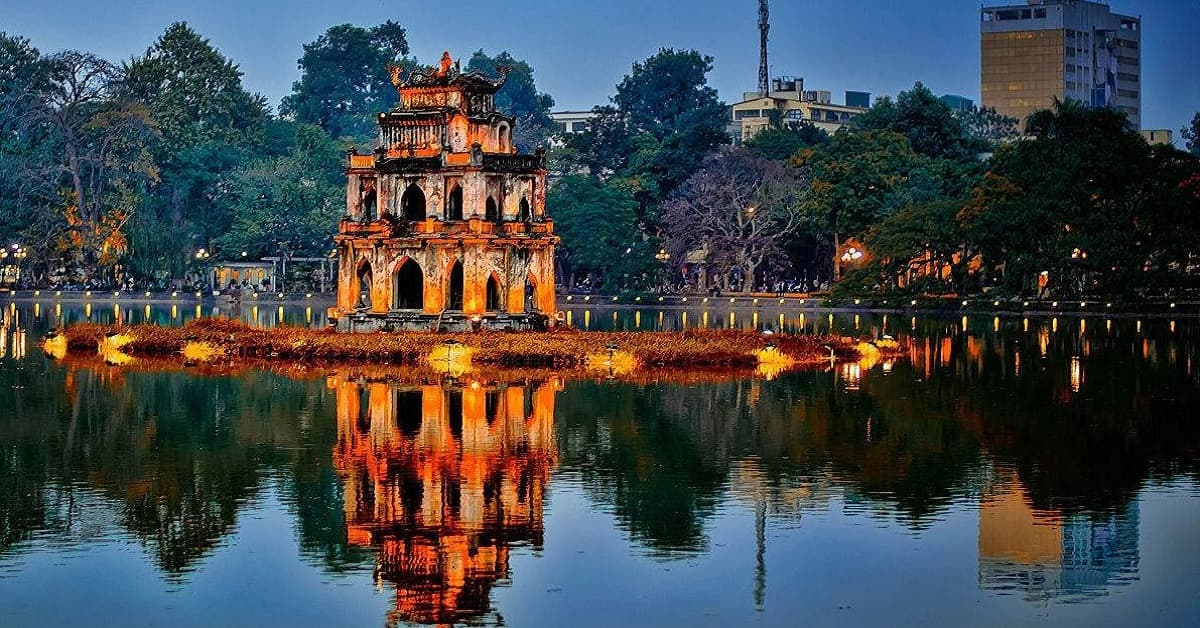

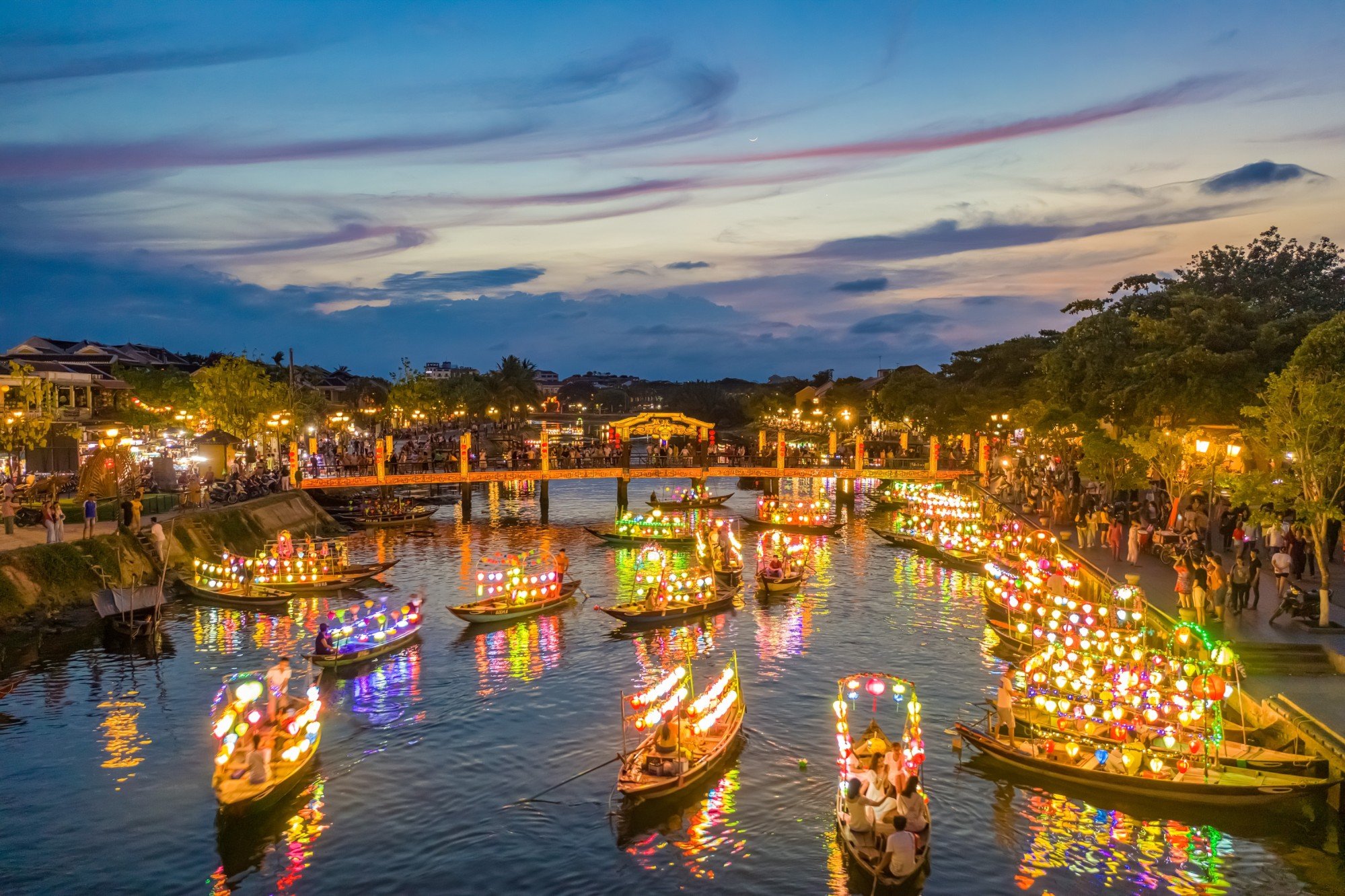
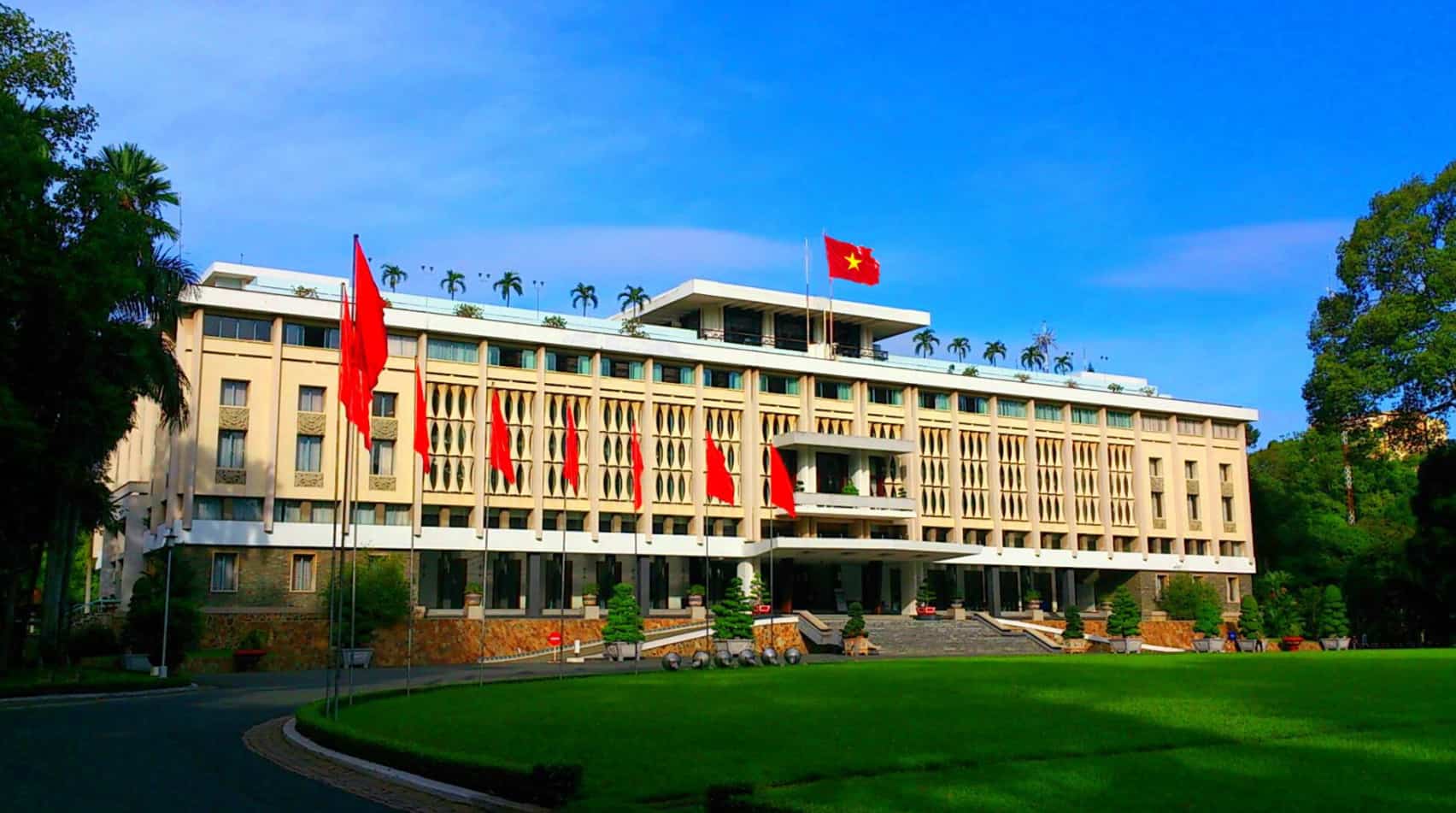
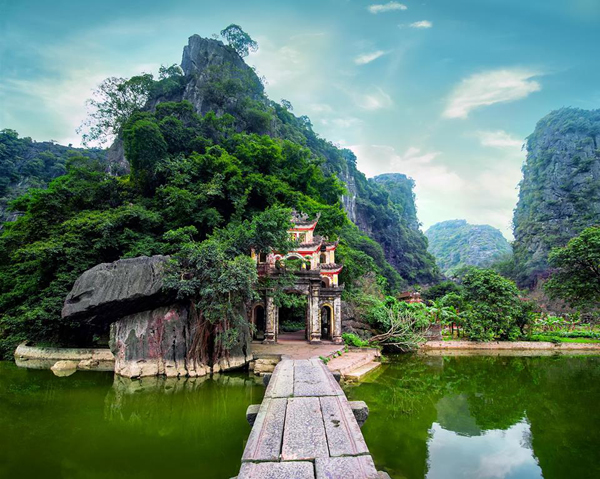
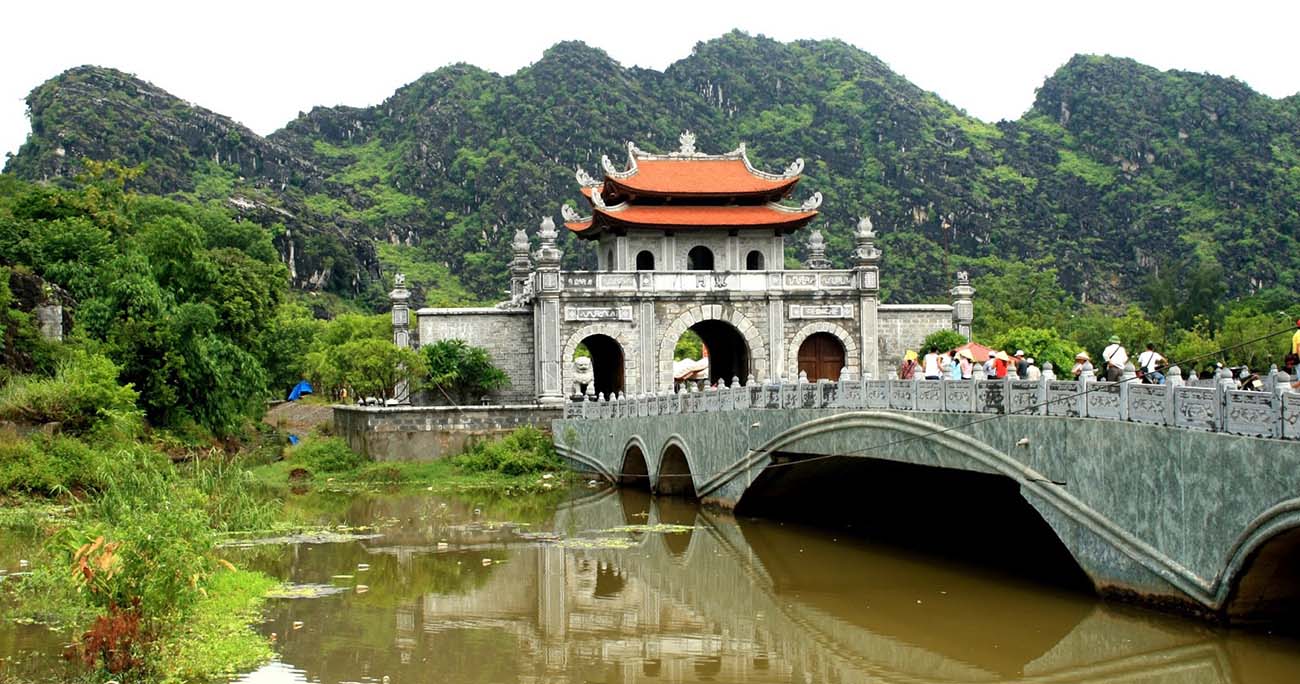
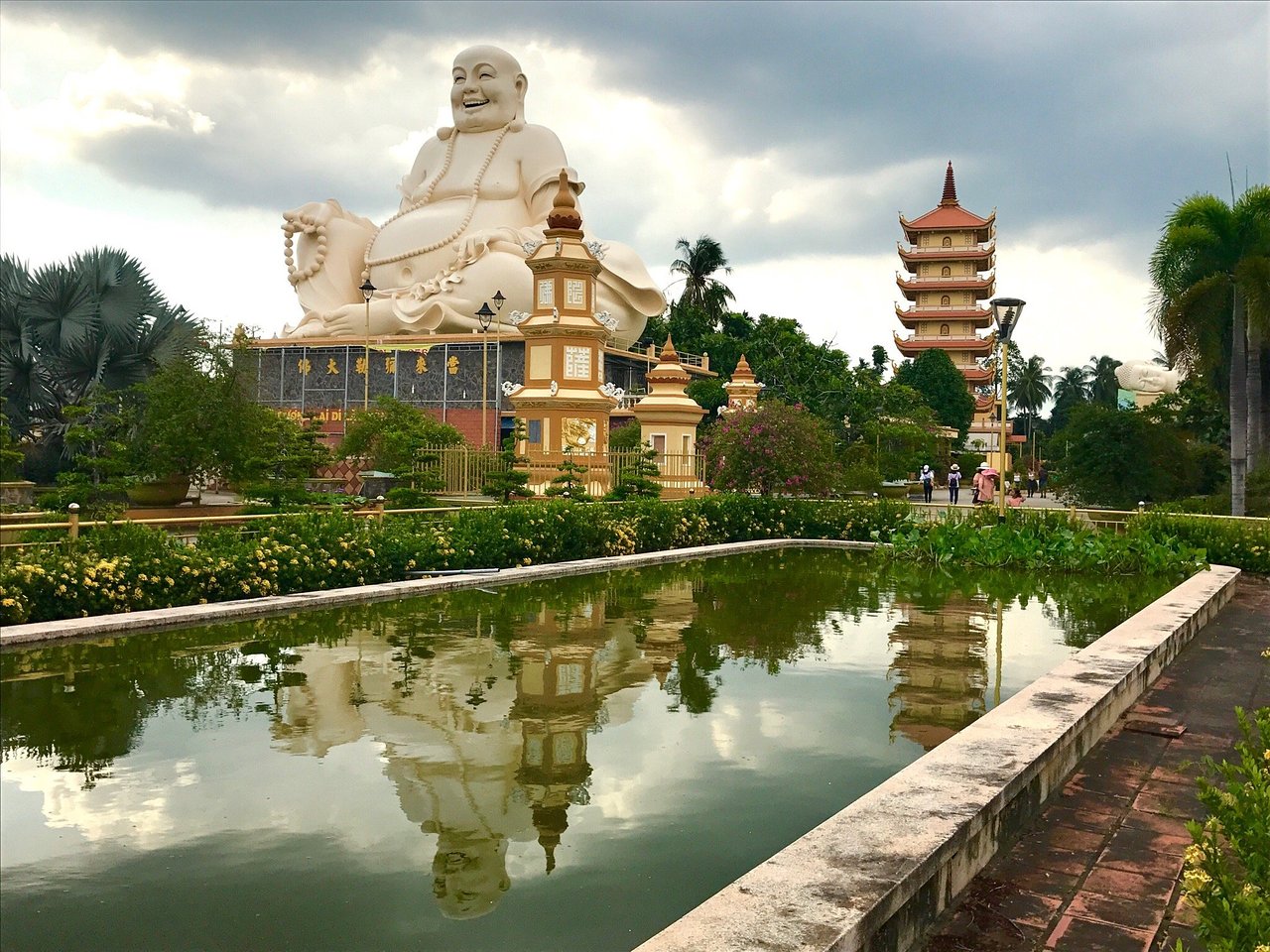

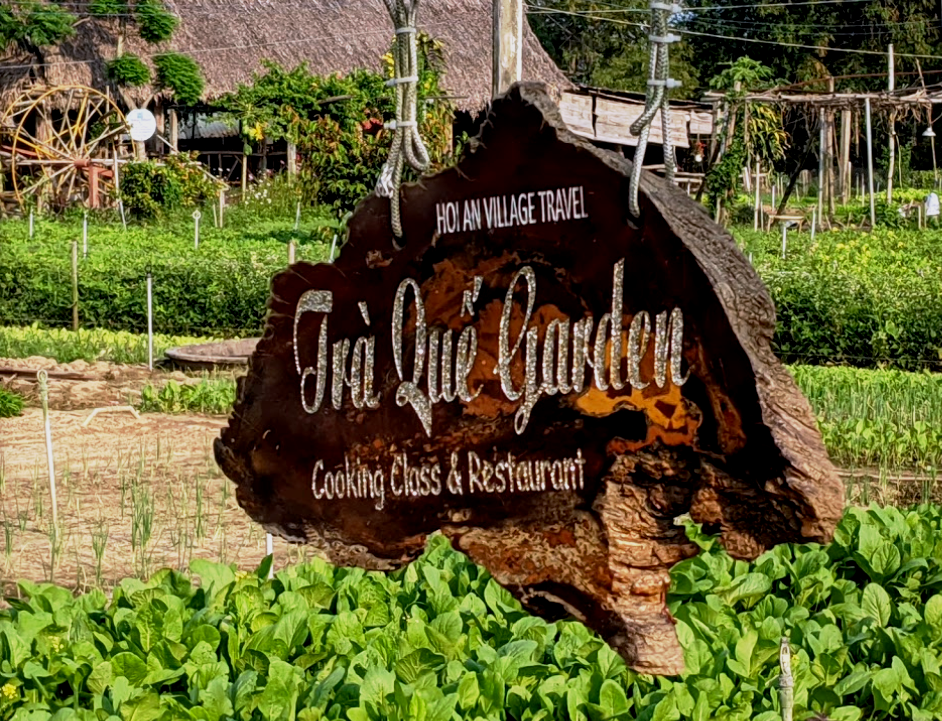

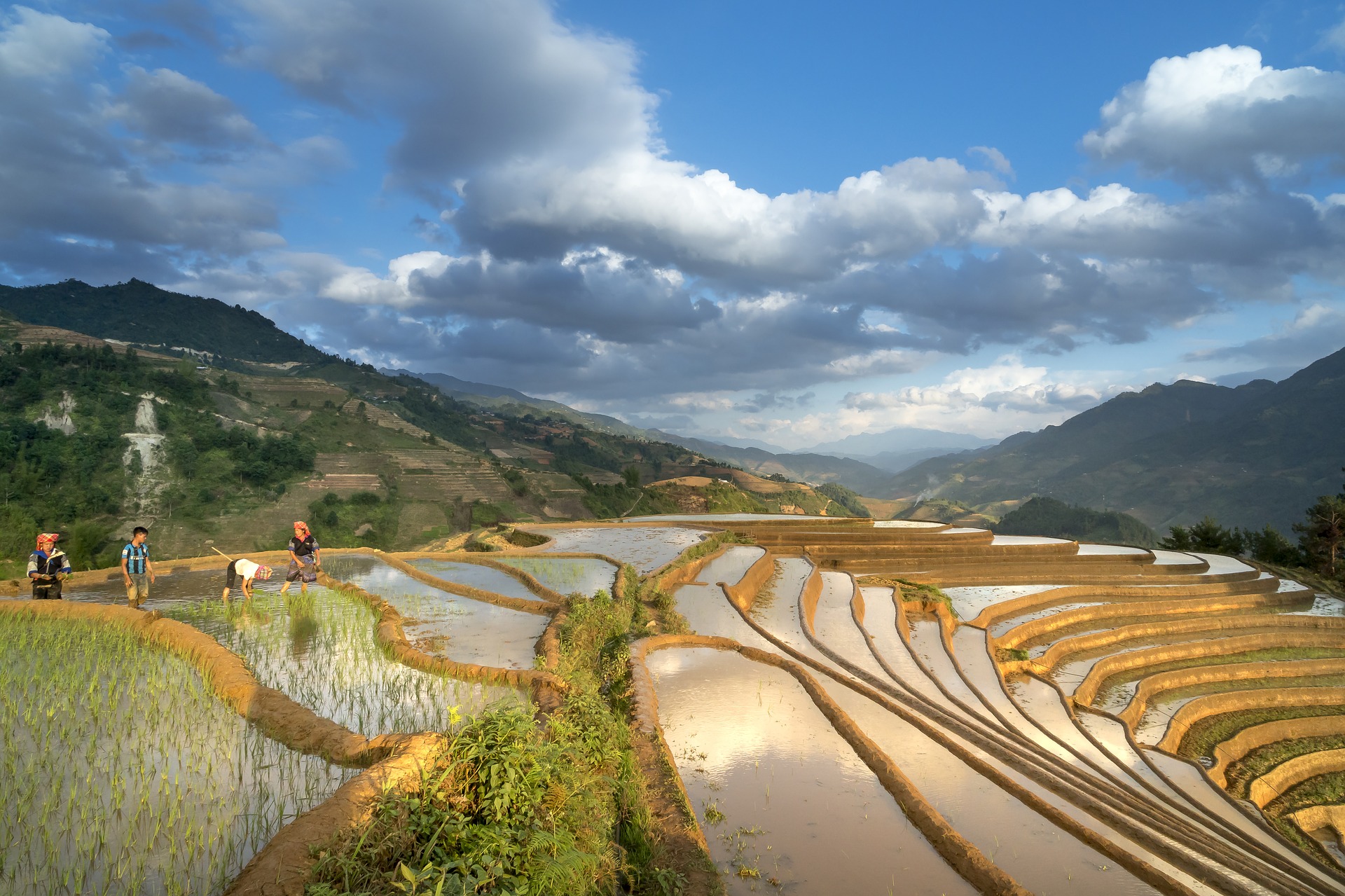
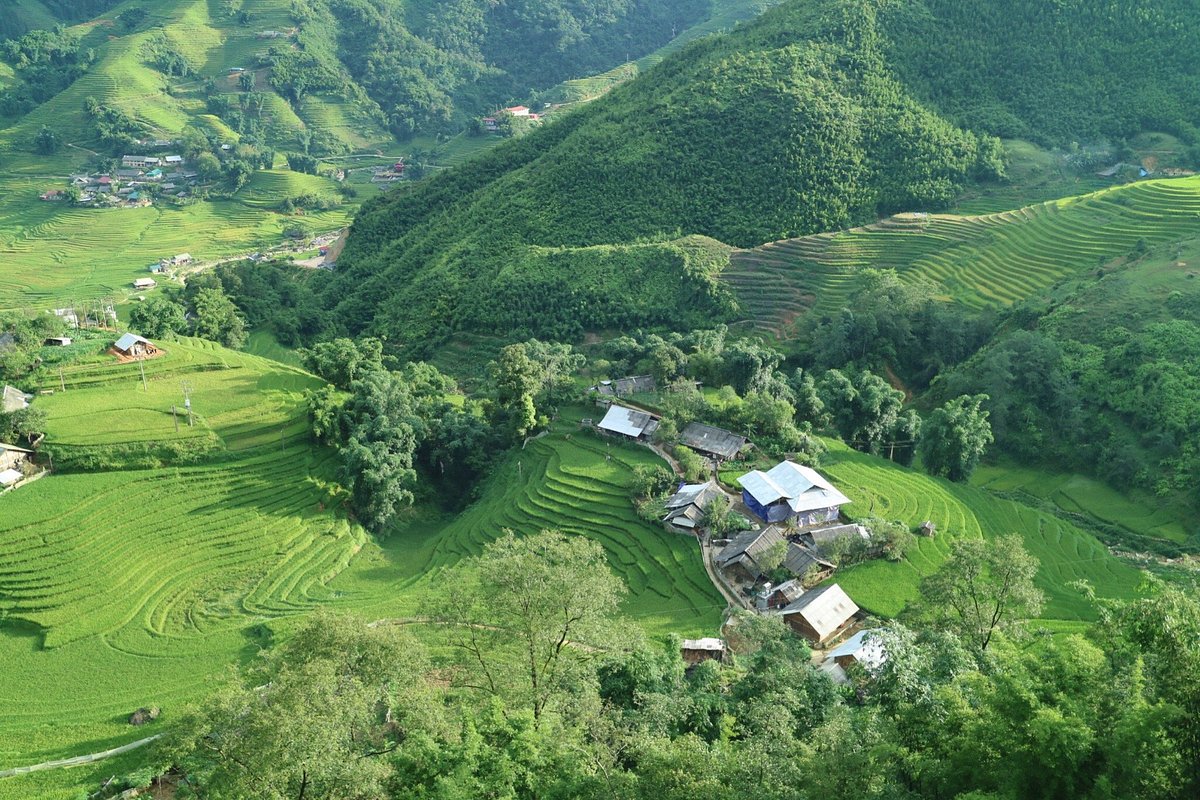
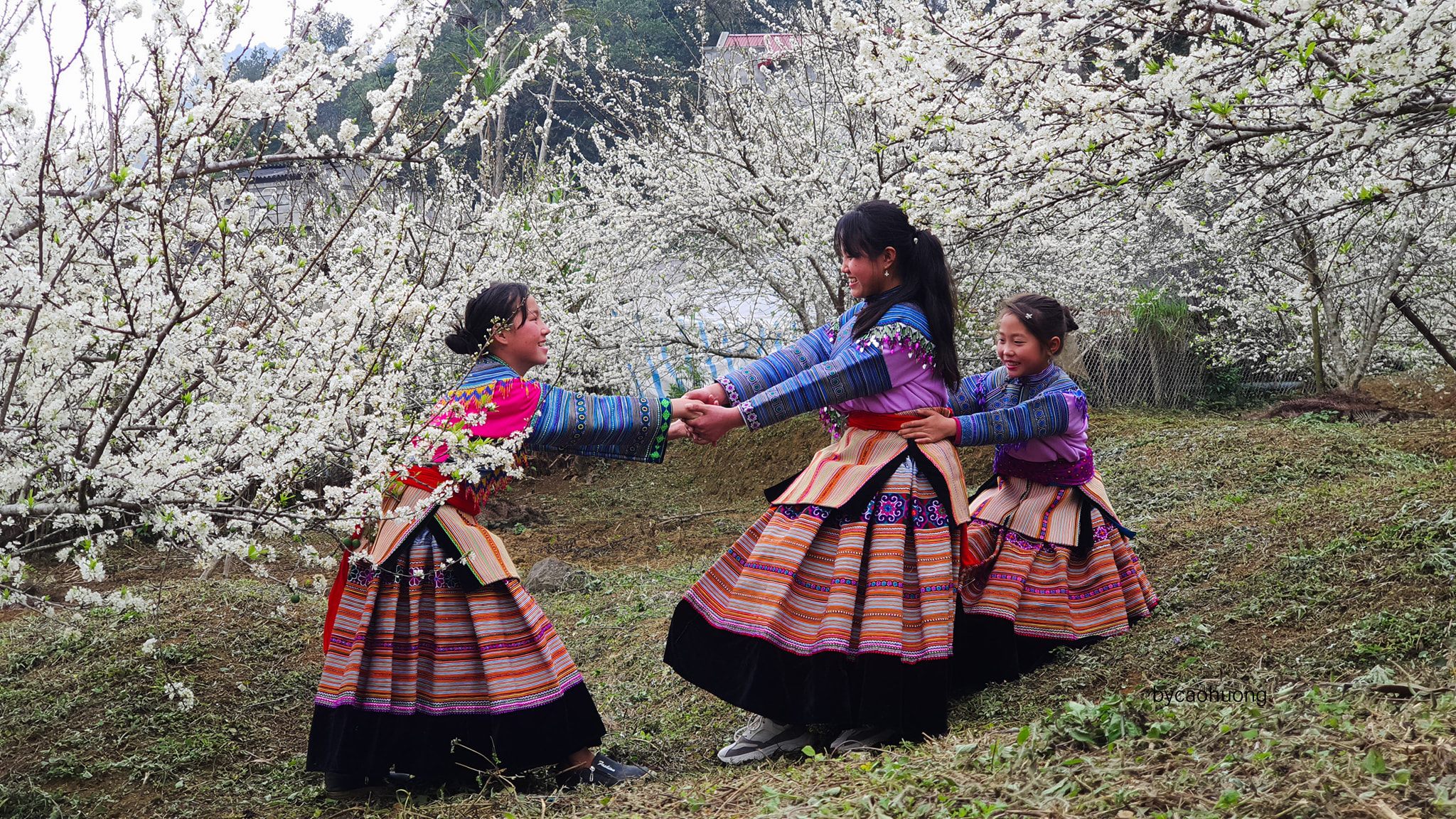

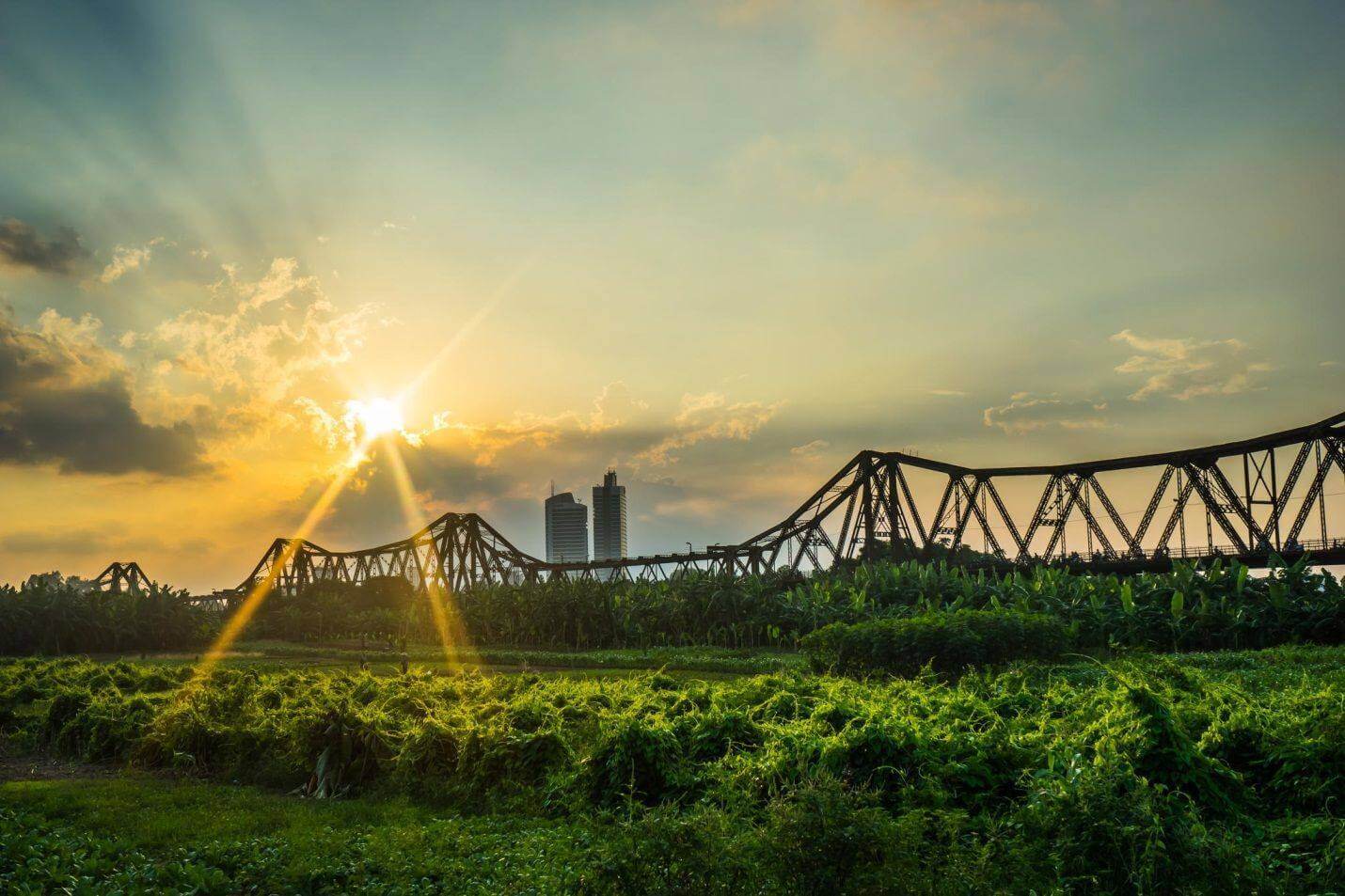

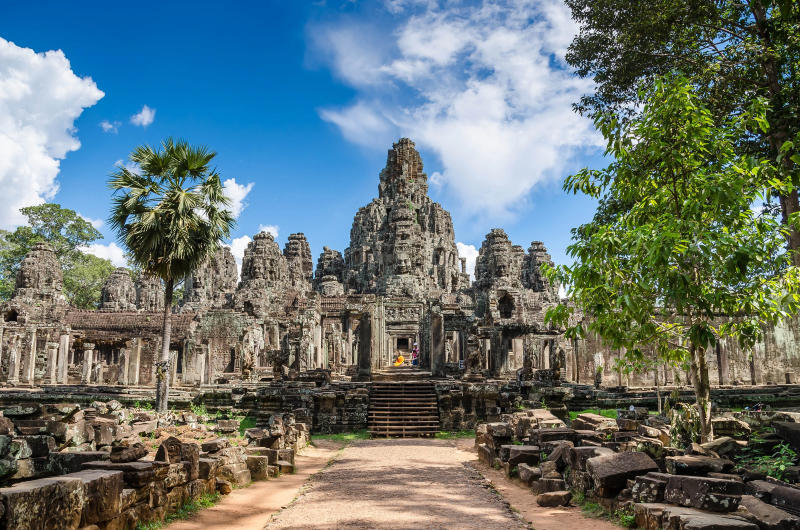
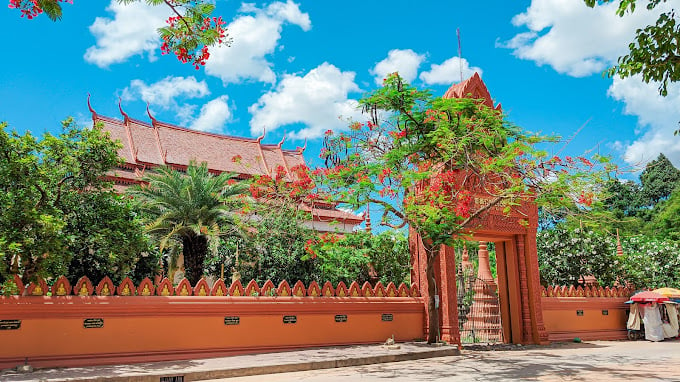
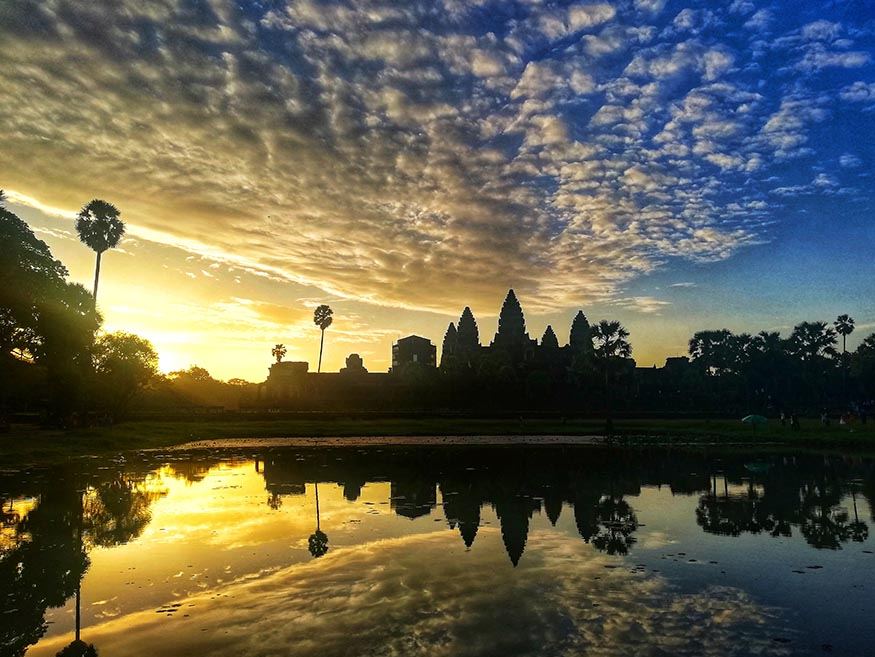
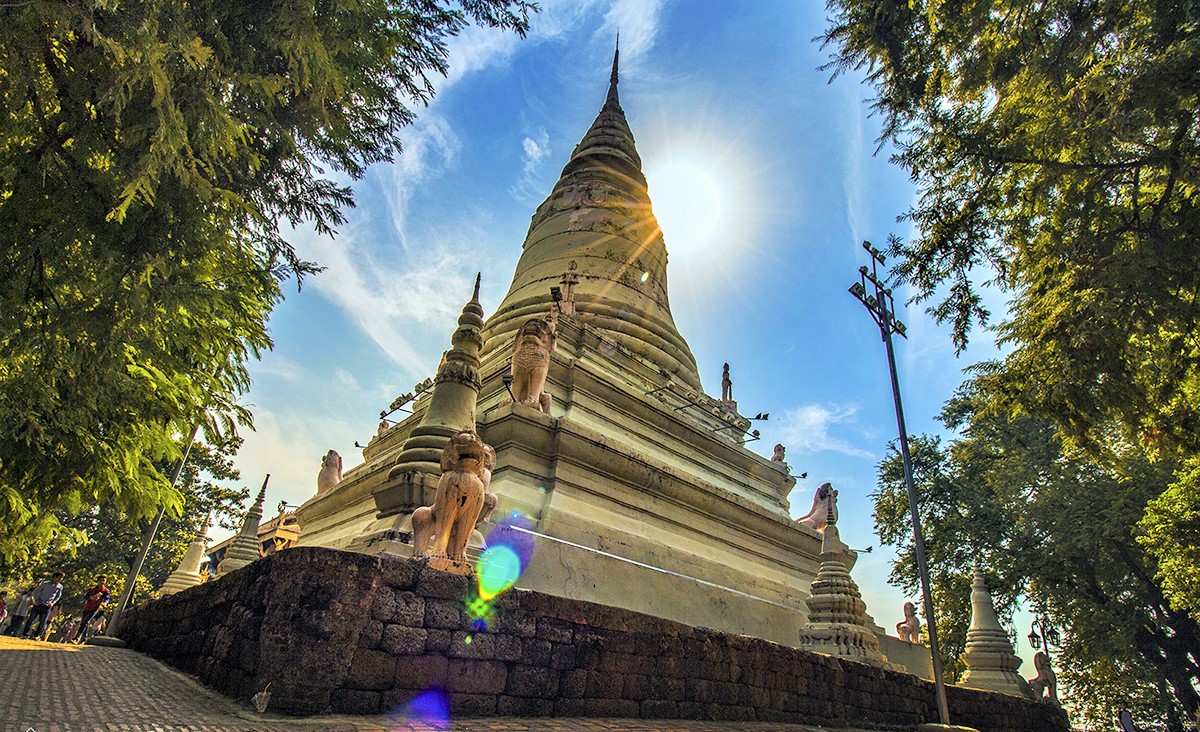
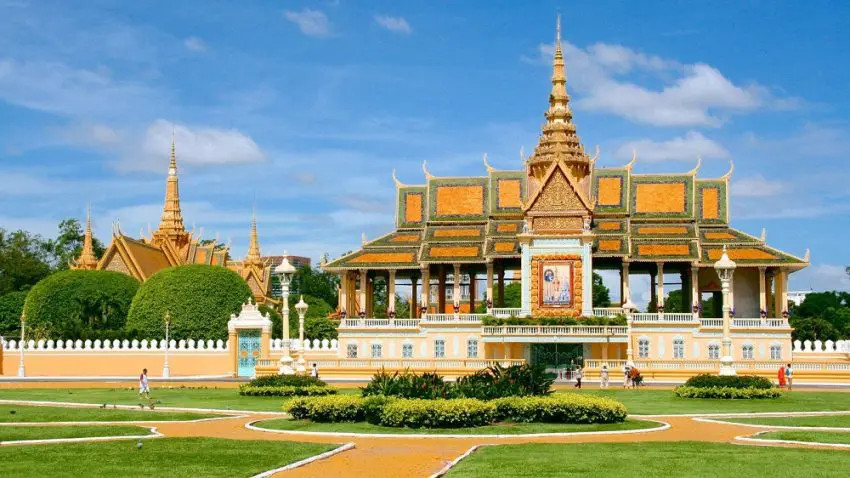
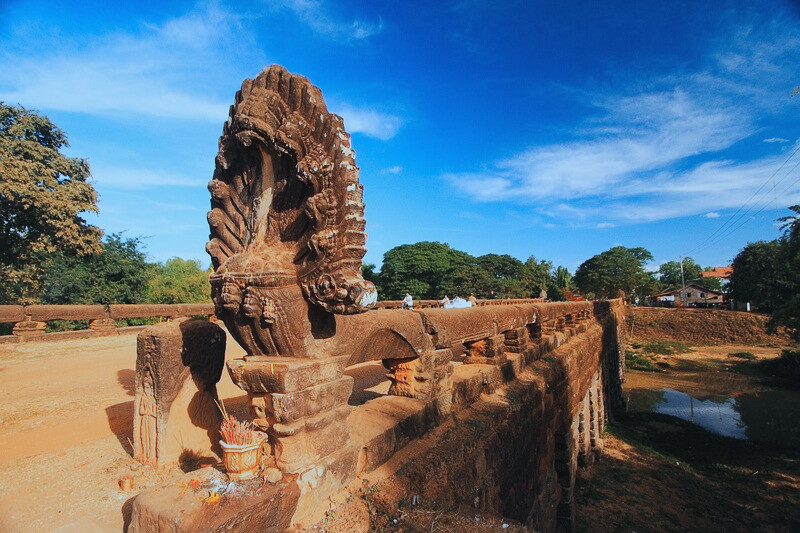
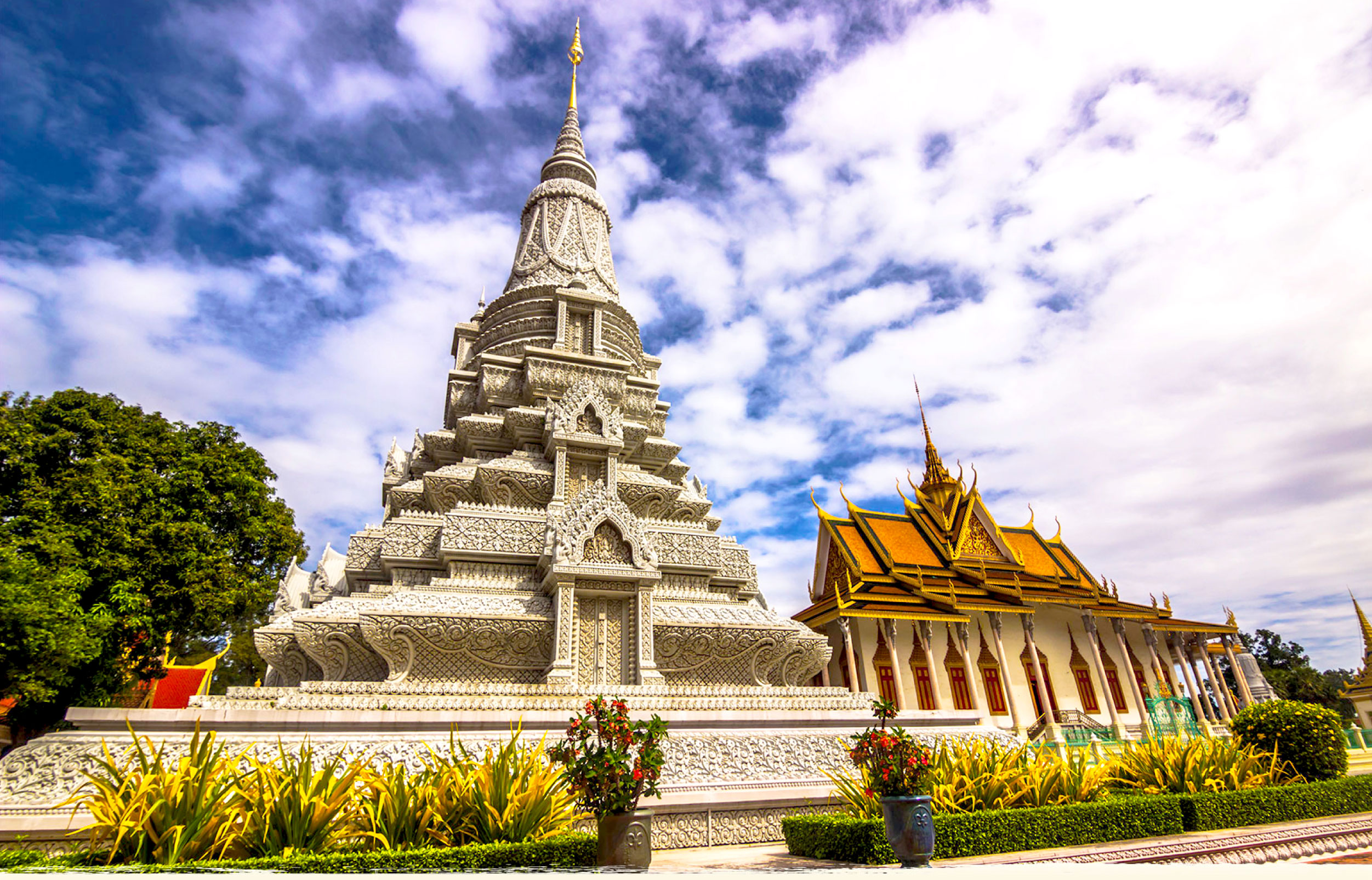
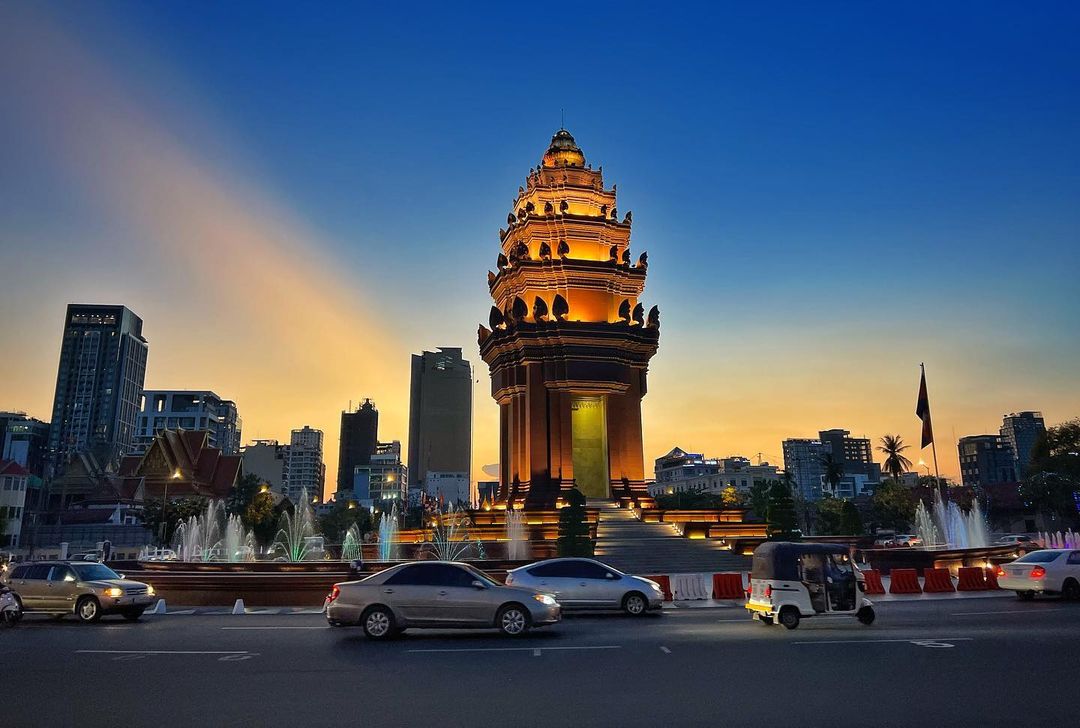
.jpg)
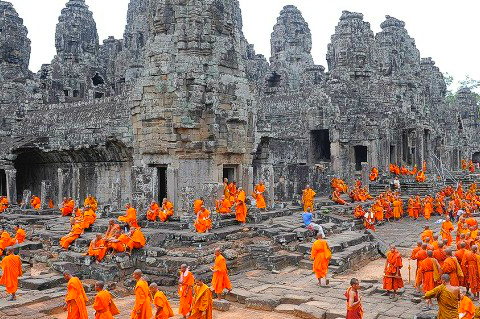

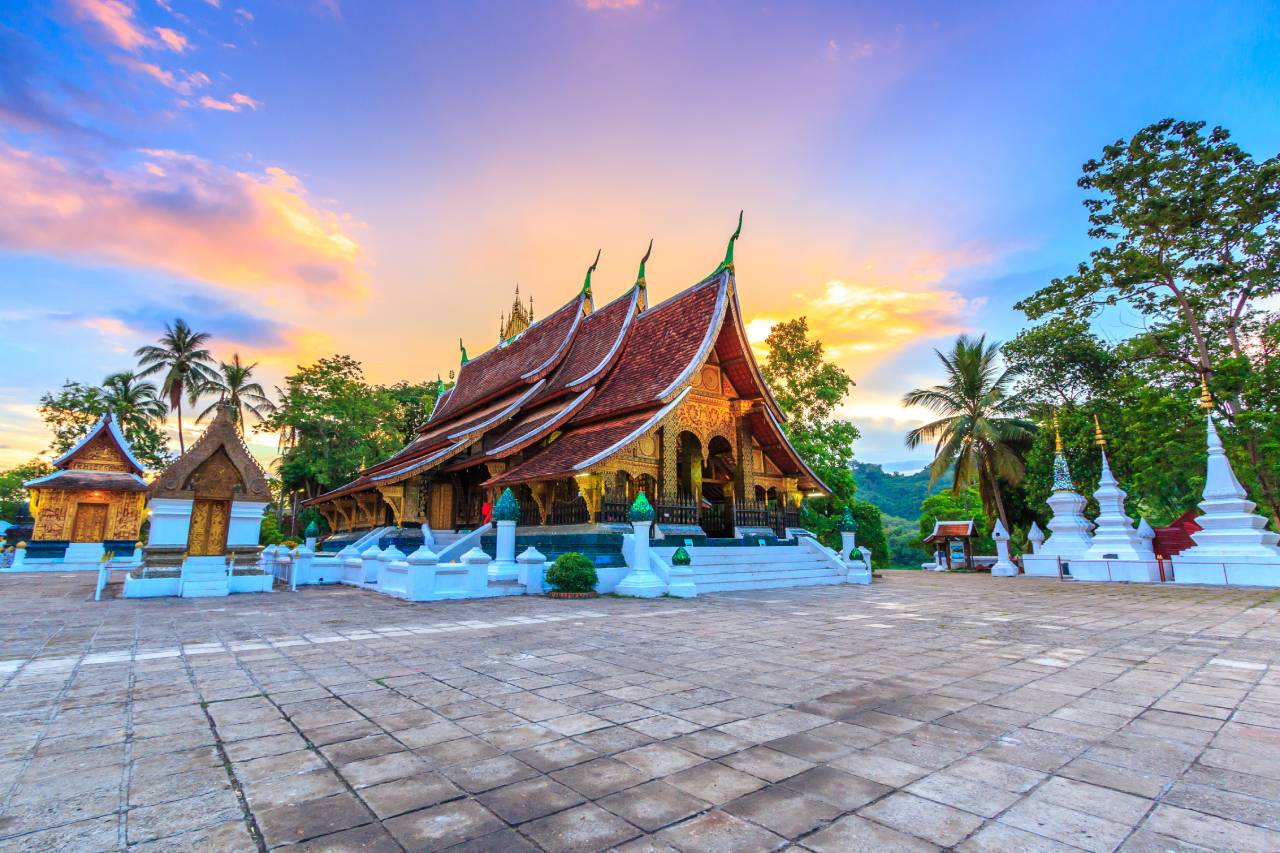
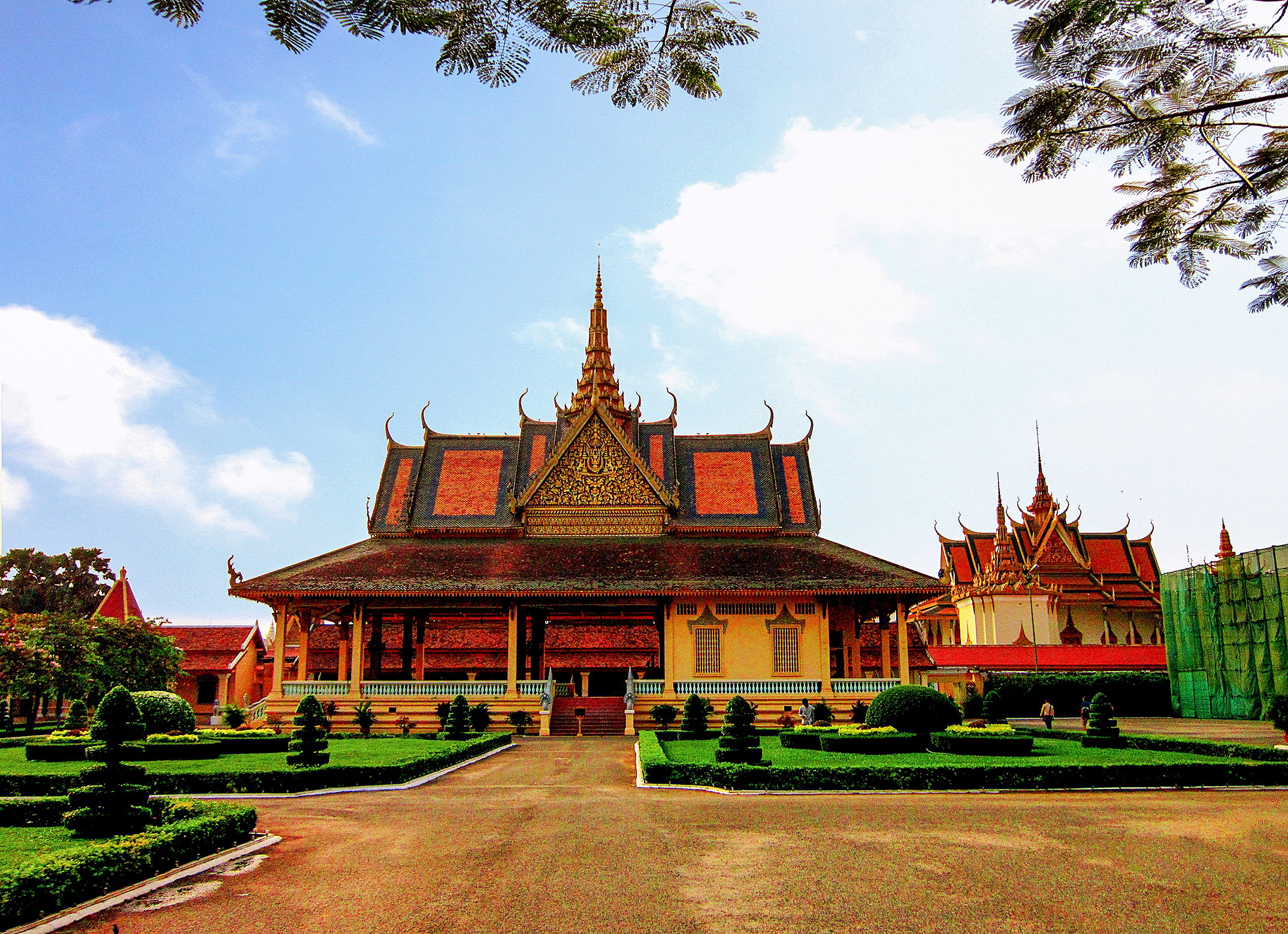

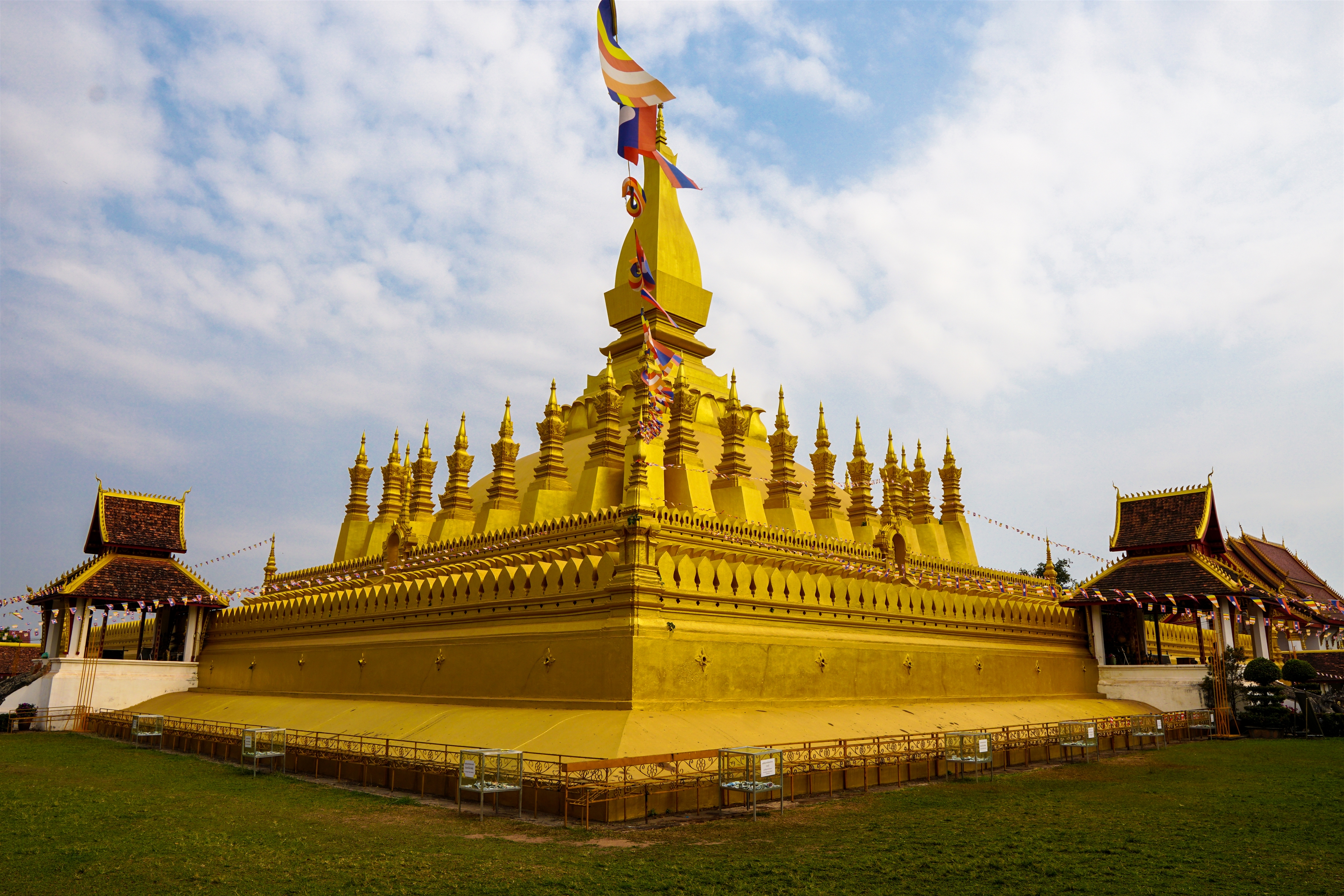
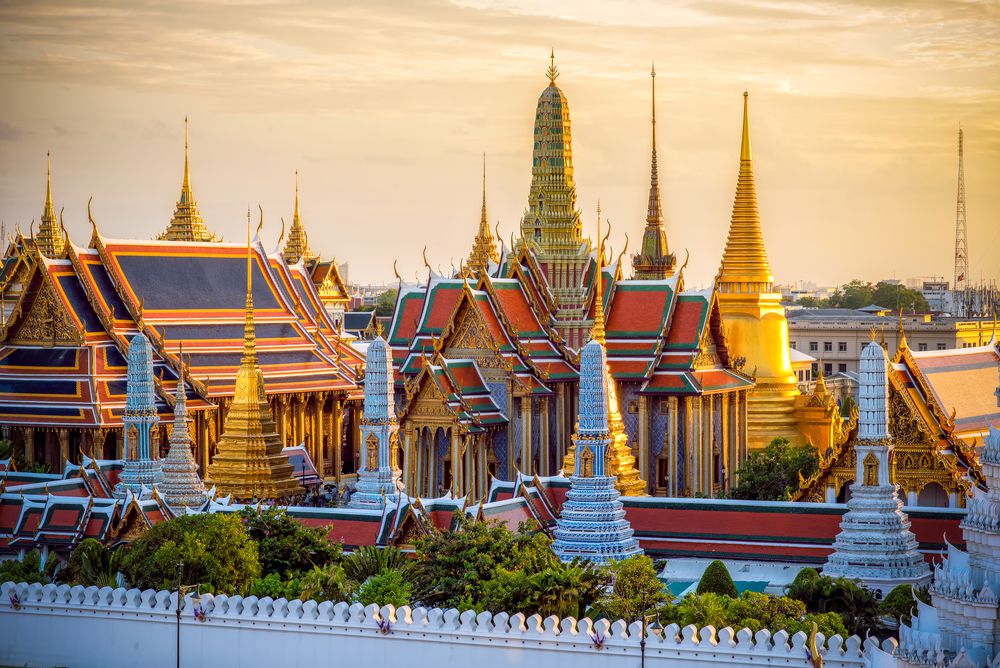
.jpg)

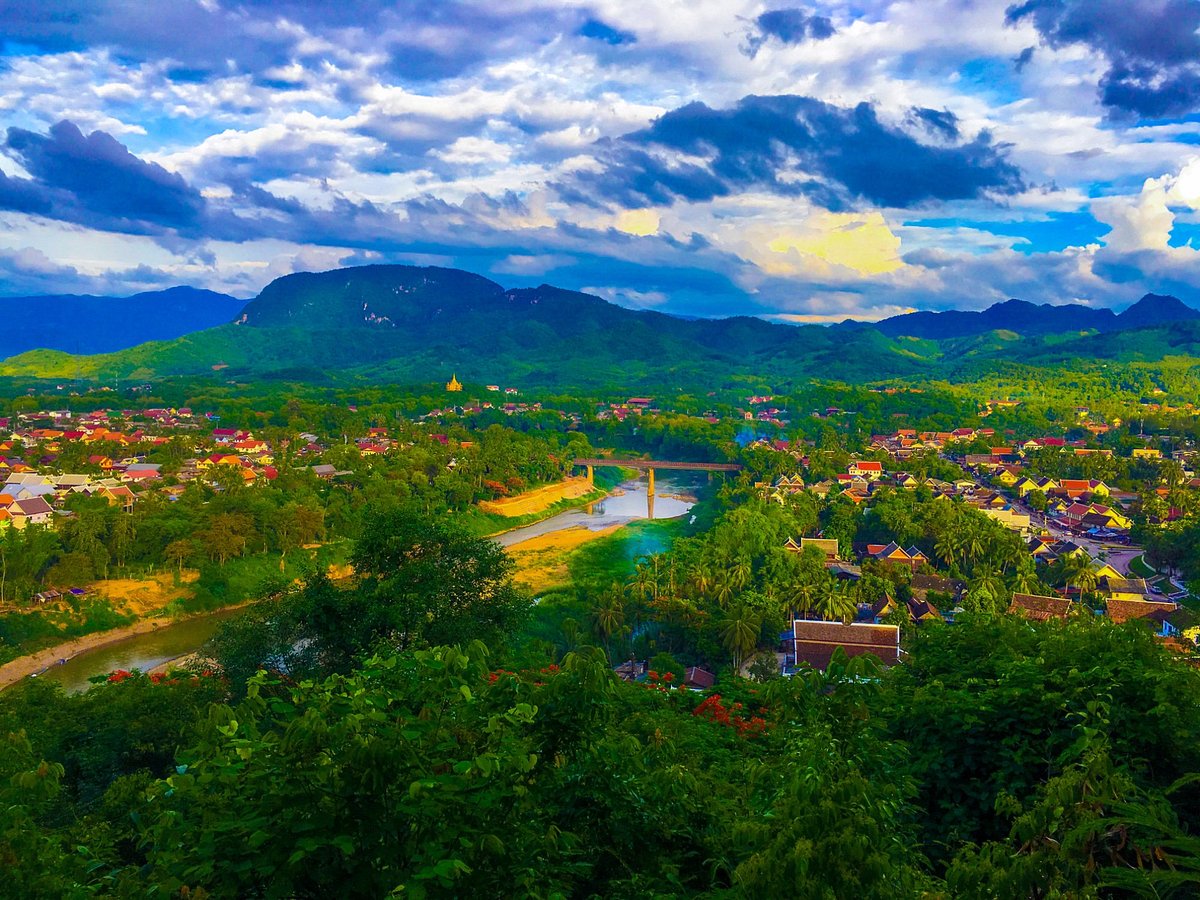

.jpg)
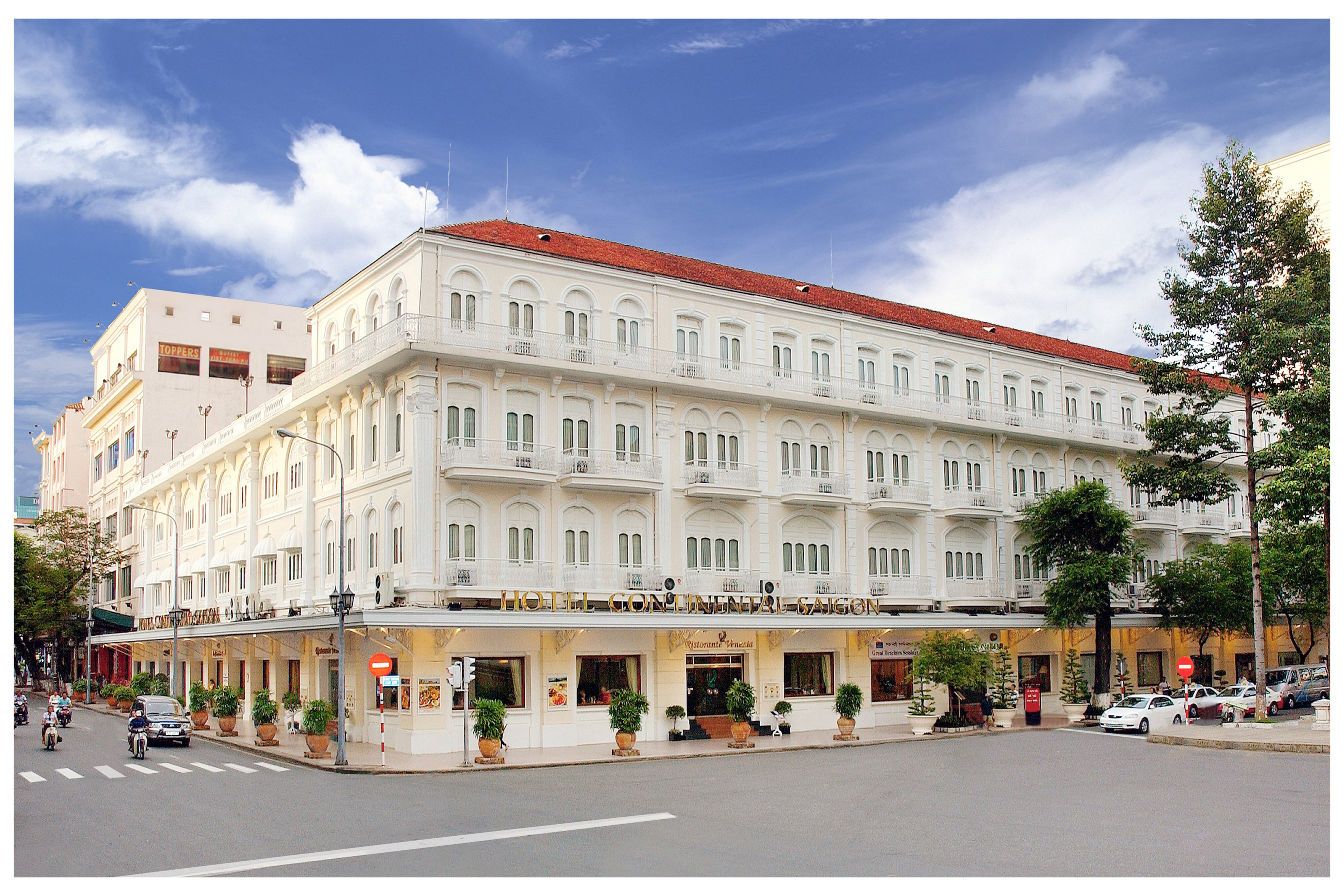


.png)

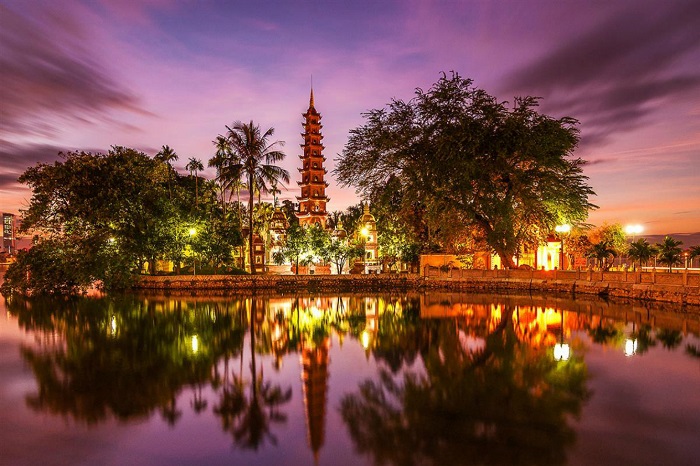
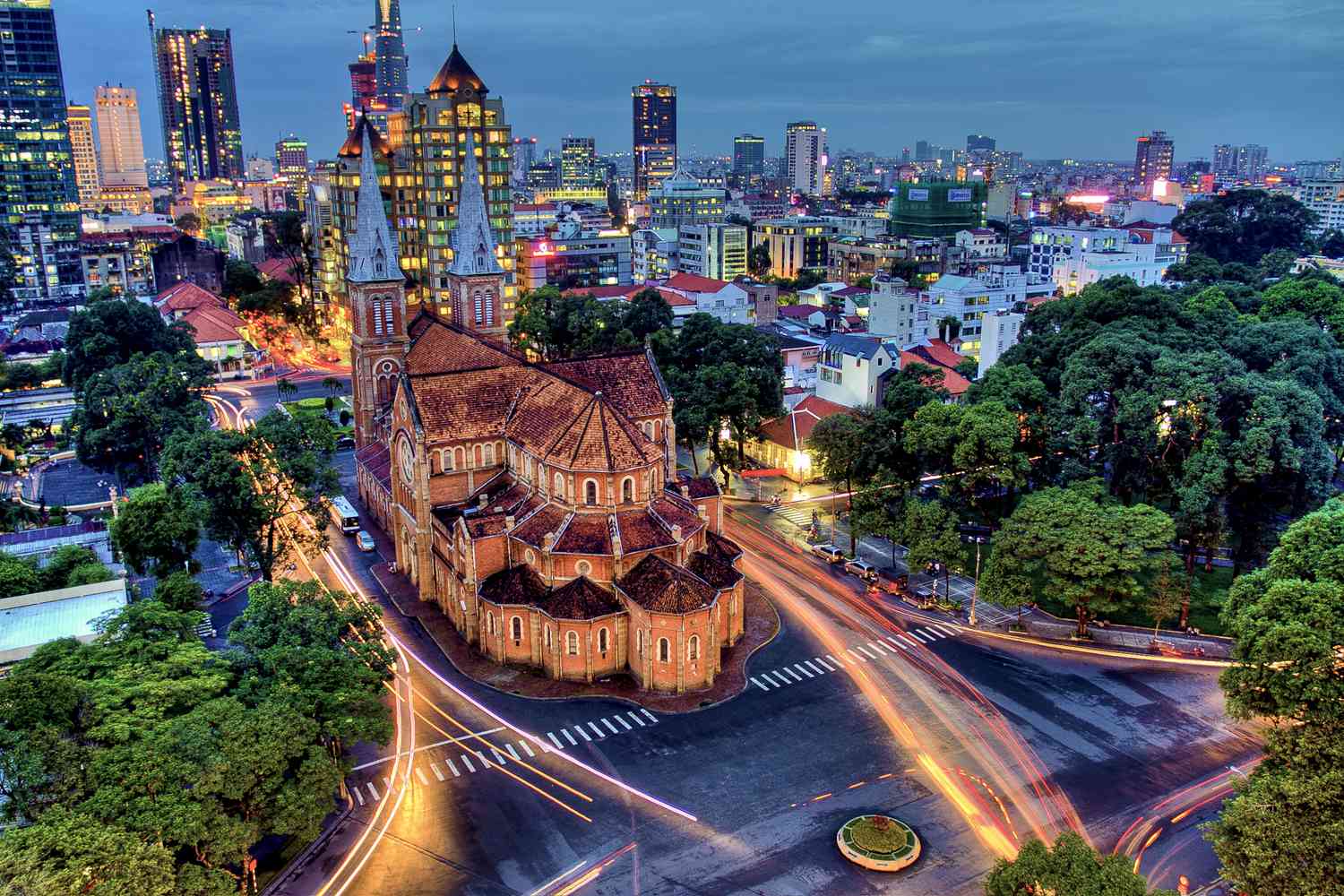
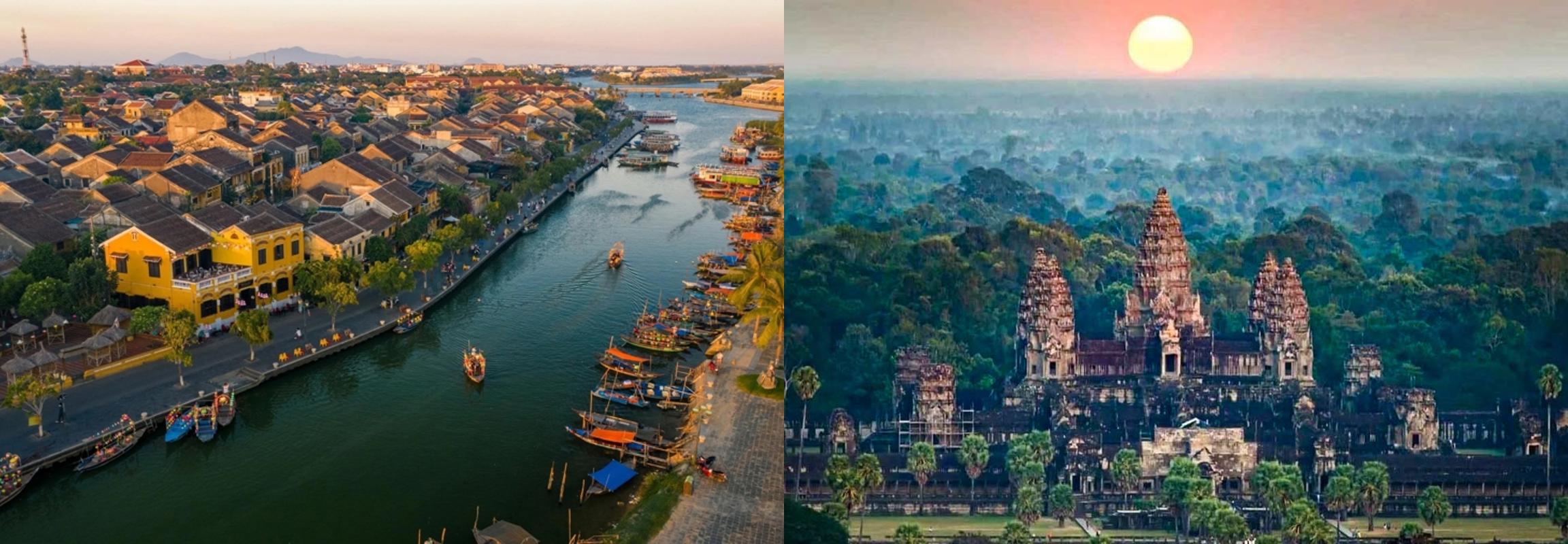
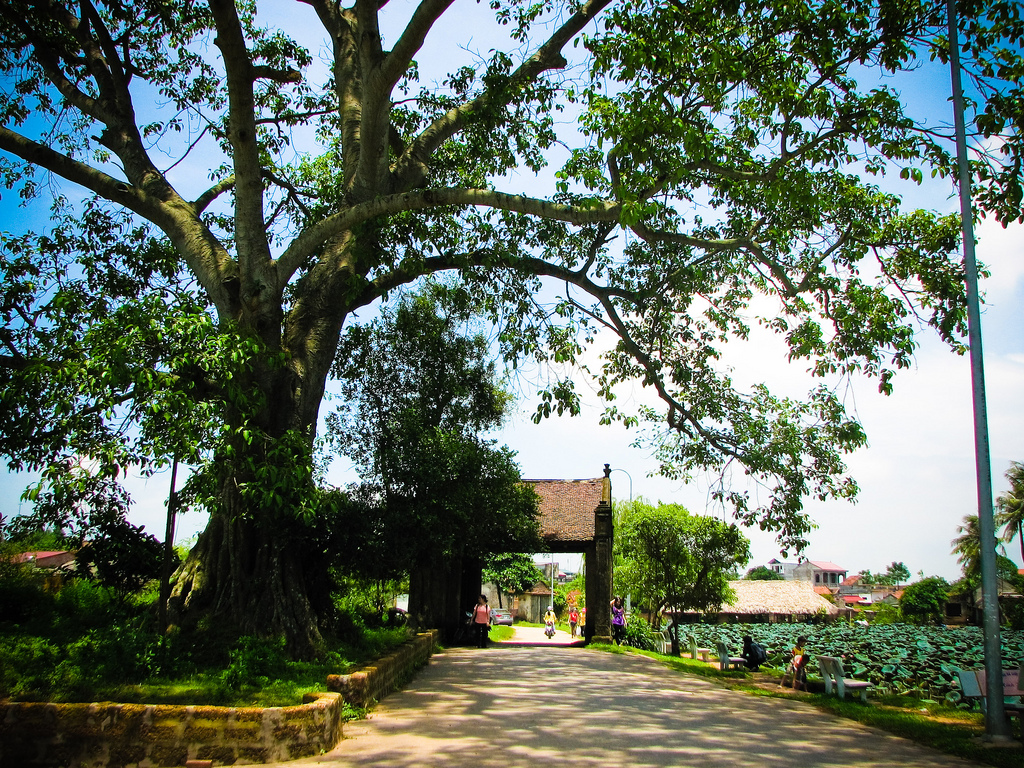
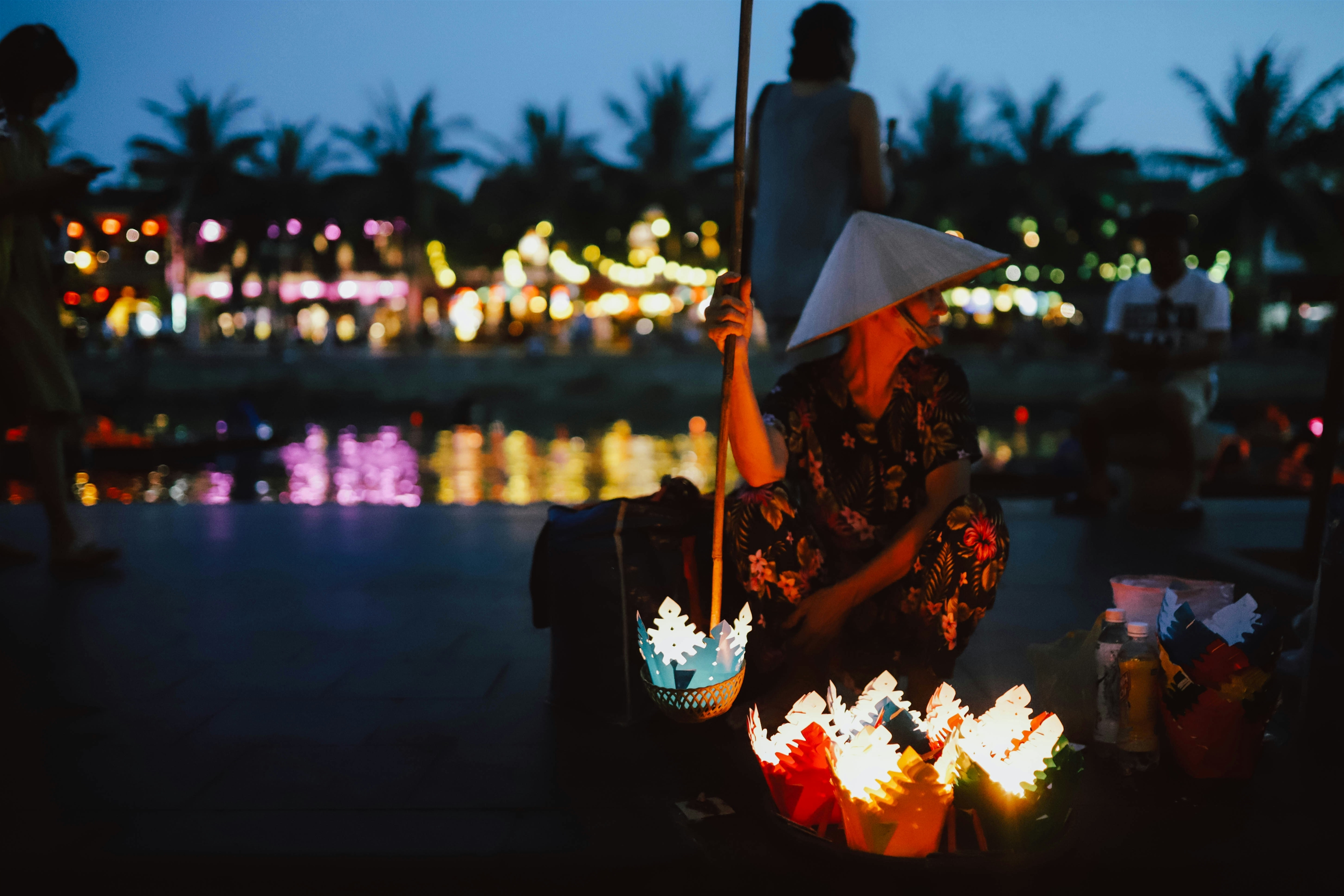
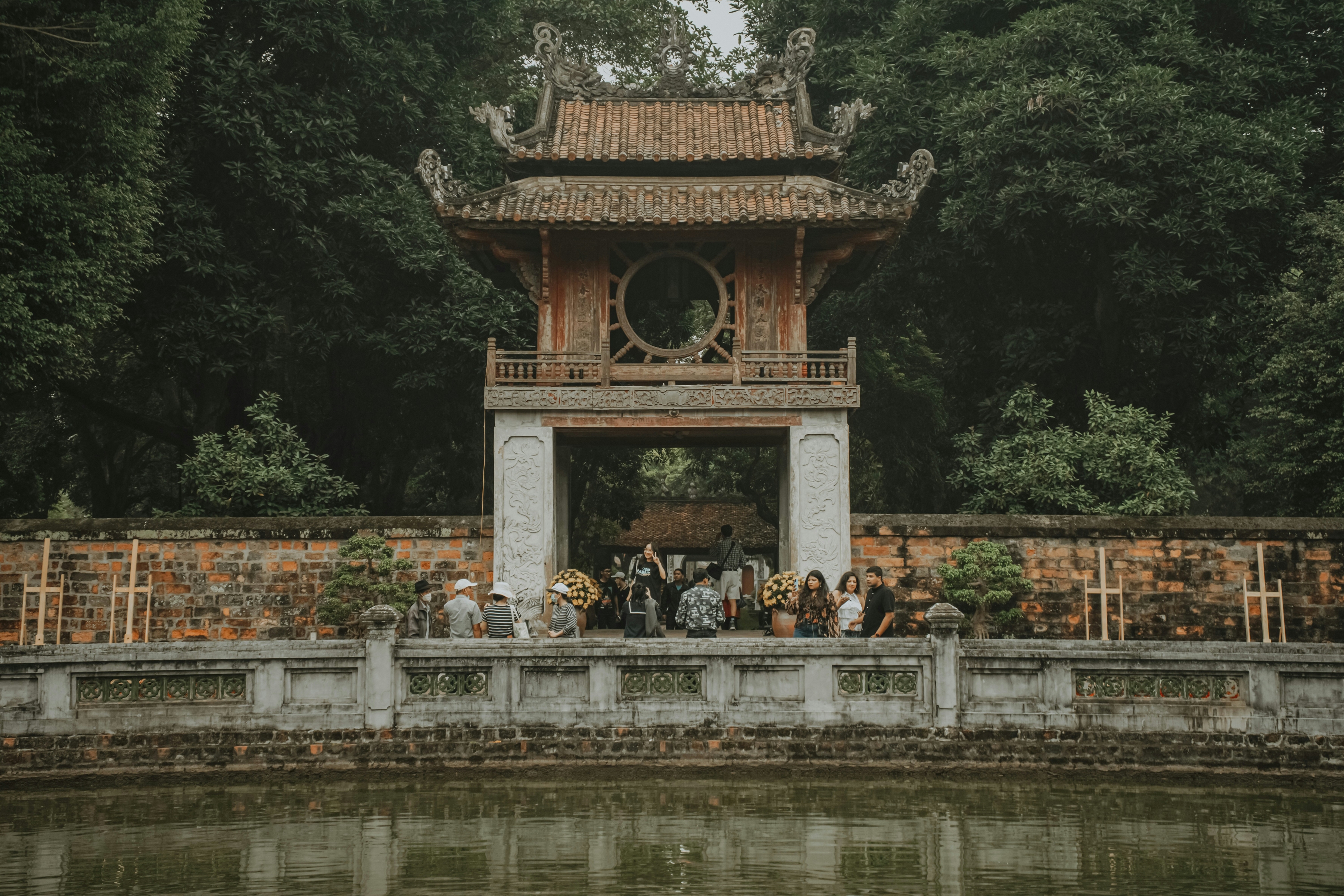
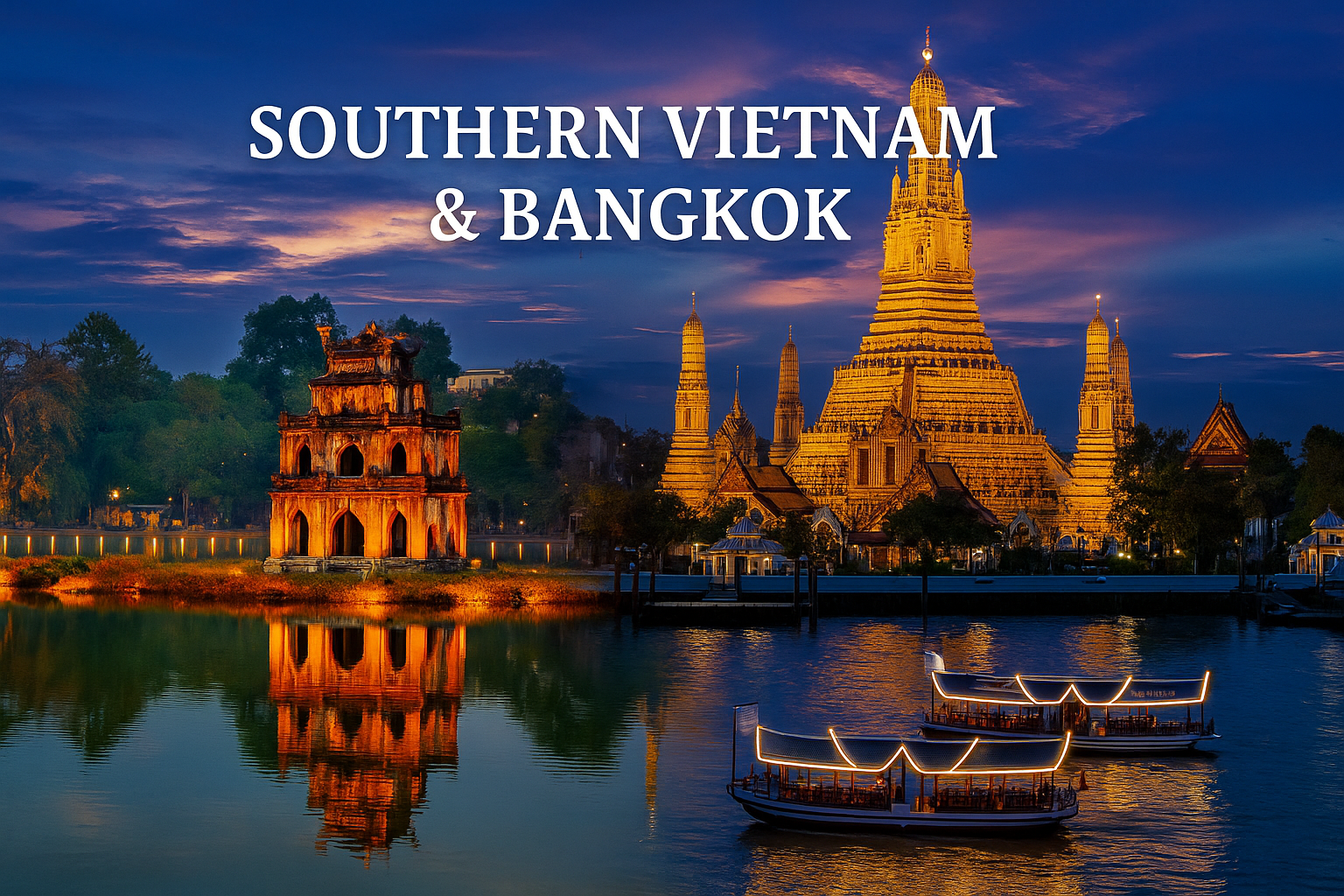
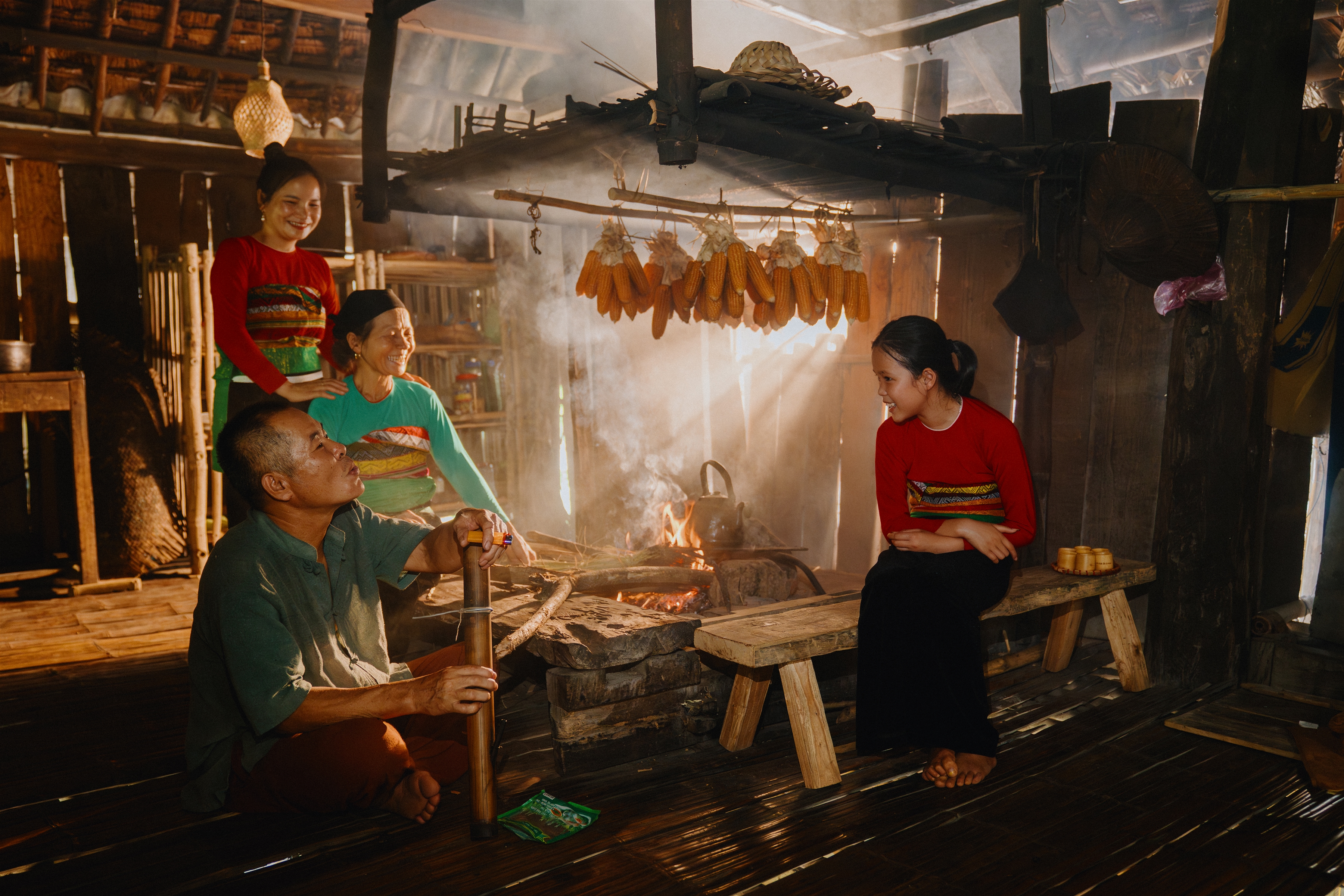
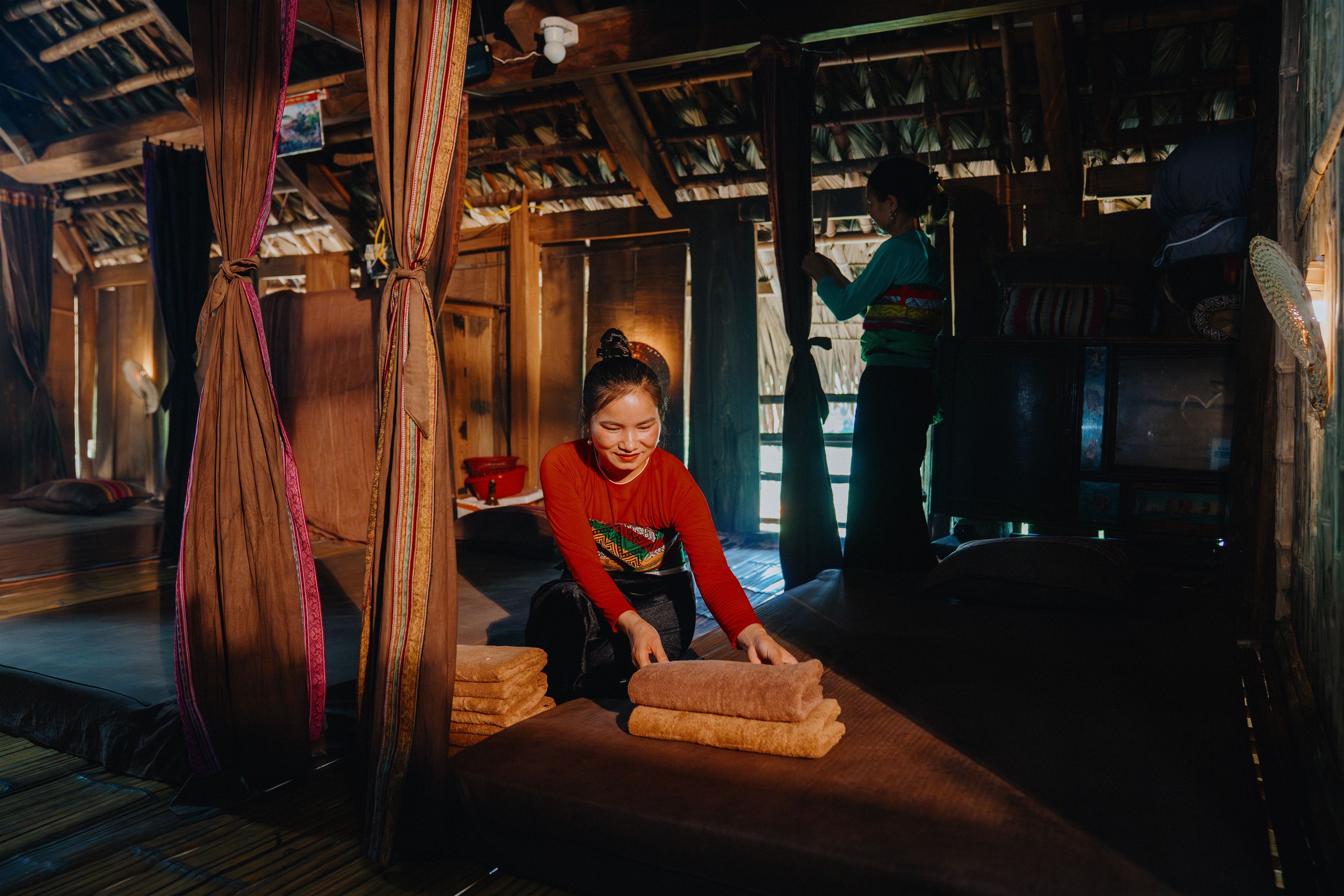

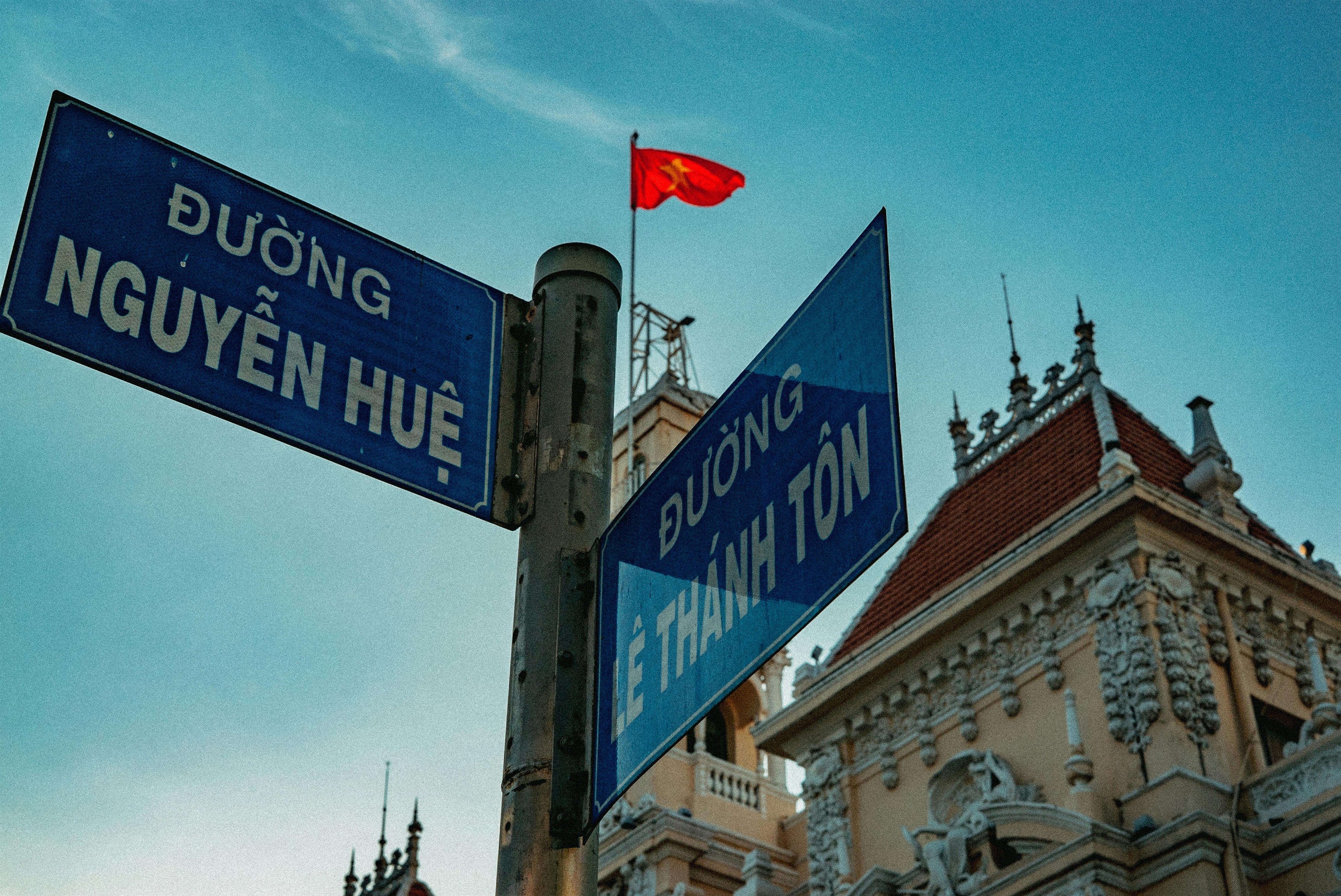
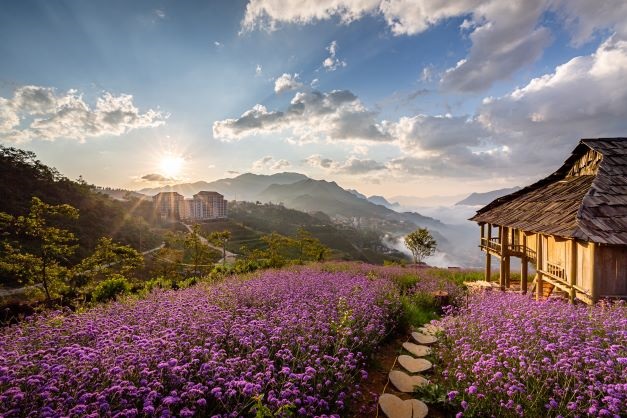
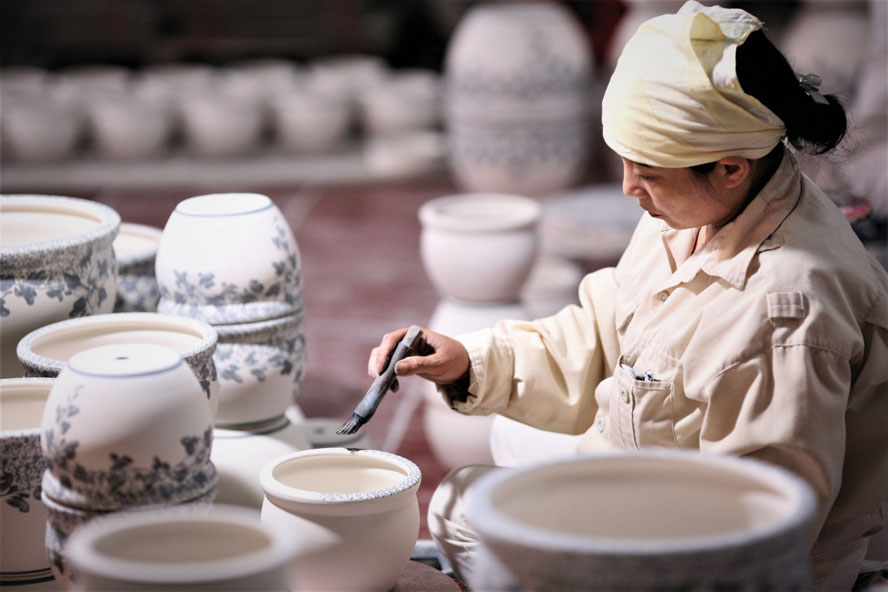

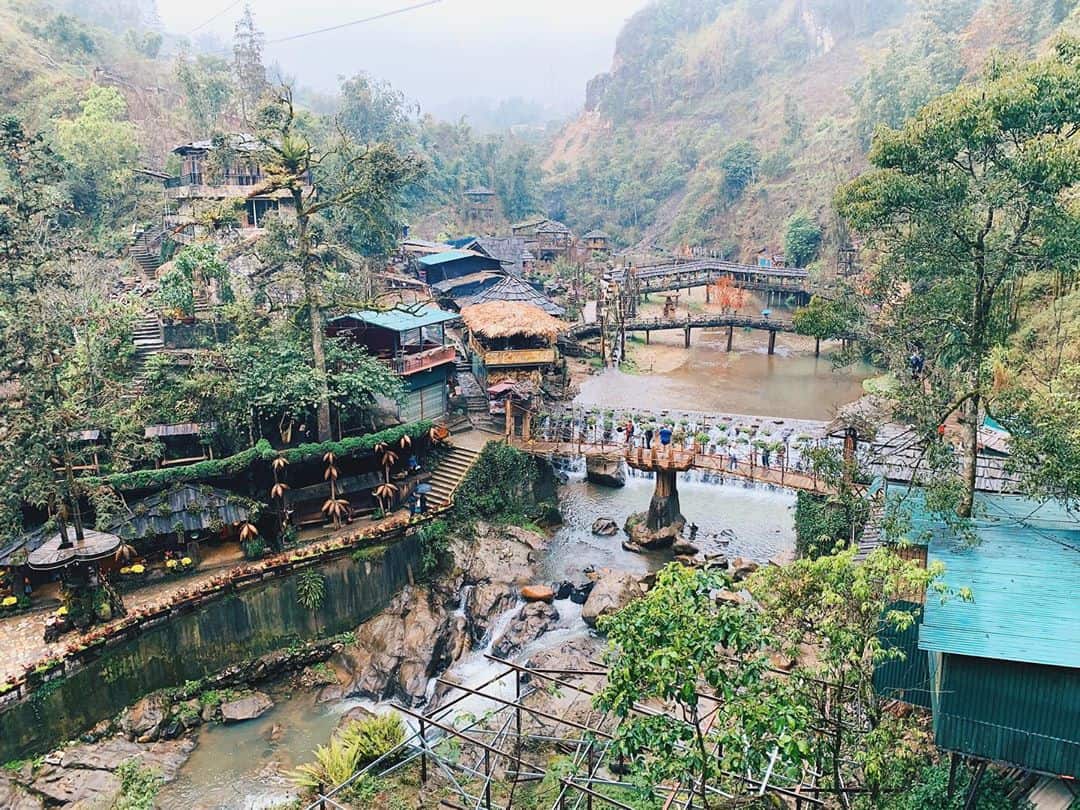
.jpg)
